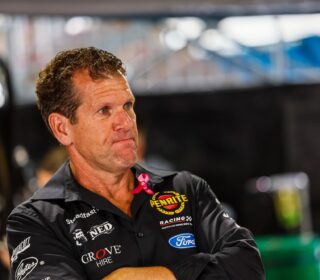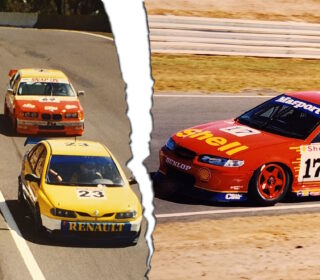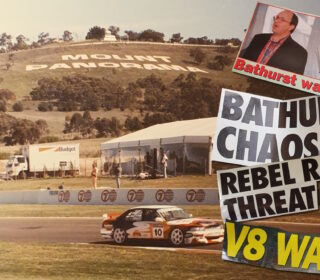Surfers Paradise: The Early Years
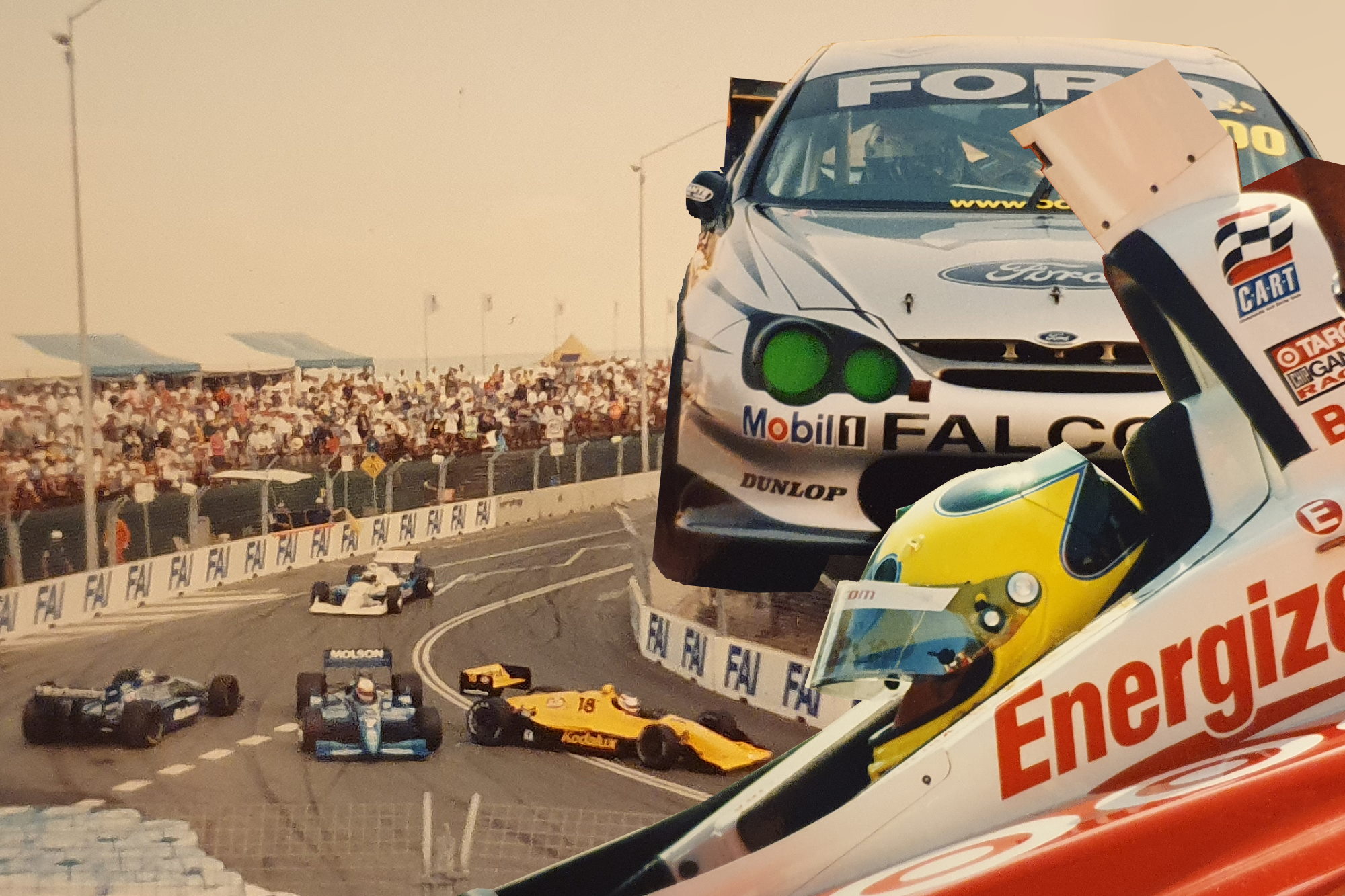
THE streets of Surfers Paradise have played host to some of the more significant moments in the history of world motorsport.
Here in two parts we take a deep dive into the evolution of the event, from a 1991 Indycar oddity, to a 2019 Supercars crown jewel, with this initial segment taking us through to 2004, and the closing days of CART.
1990 – The Gold Coast Indycar race was given the thumbs up from the Queensland Government in April, with the first race to be held in March 1991, despite the threat of life bans on competitors from CAMS/FIA. It’s another job for Bob Jane, who provided alternate sanctioning support for the undercard, featuring classes like NASCAR and AUSCAR.
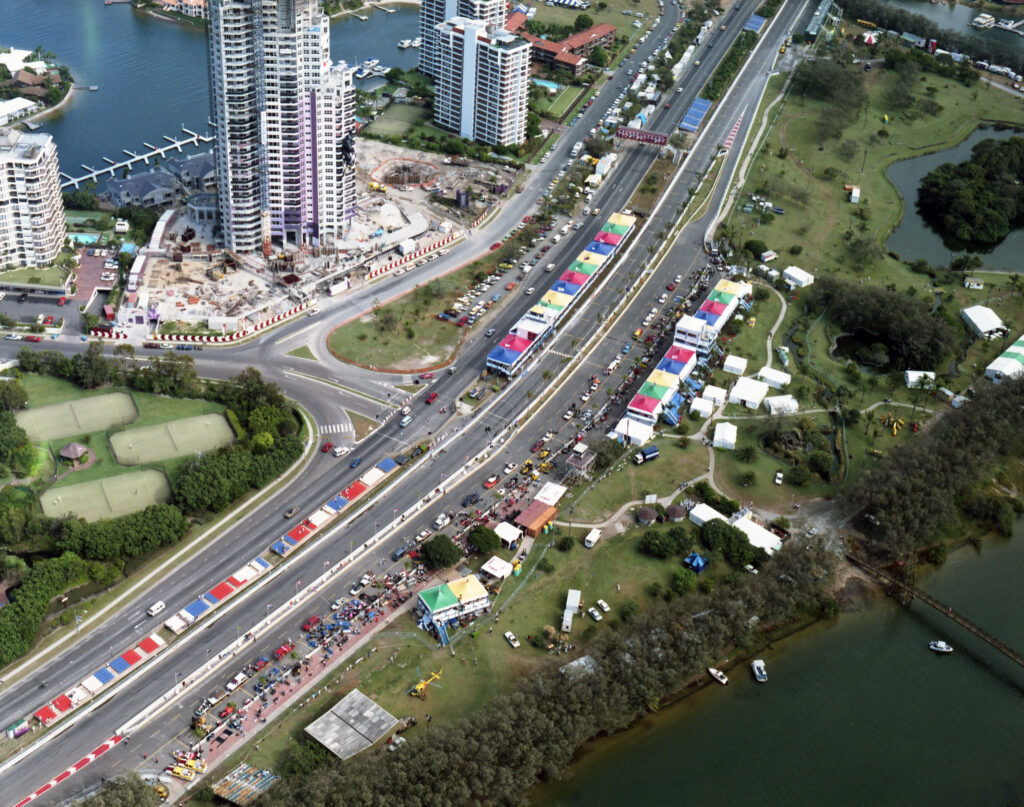
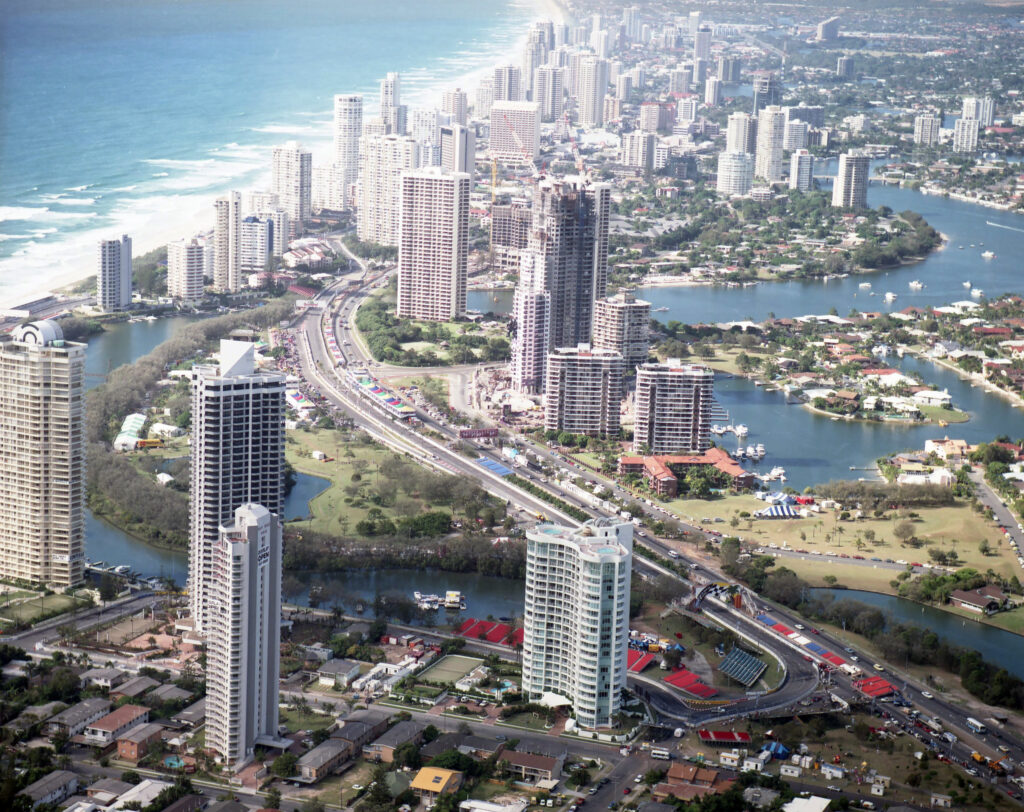
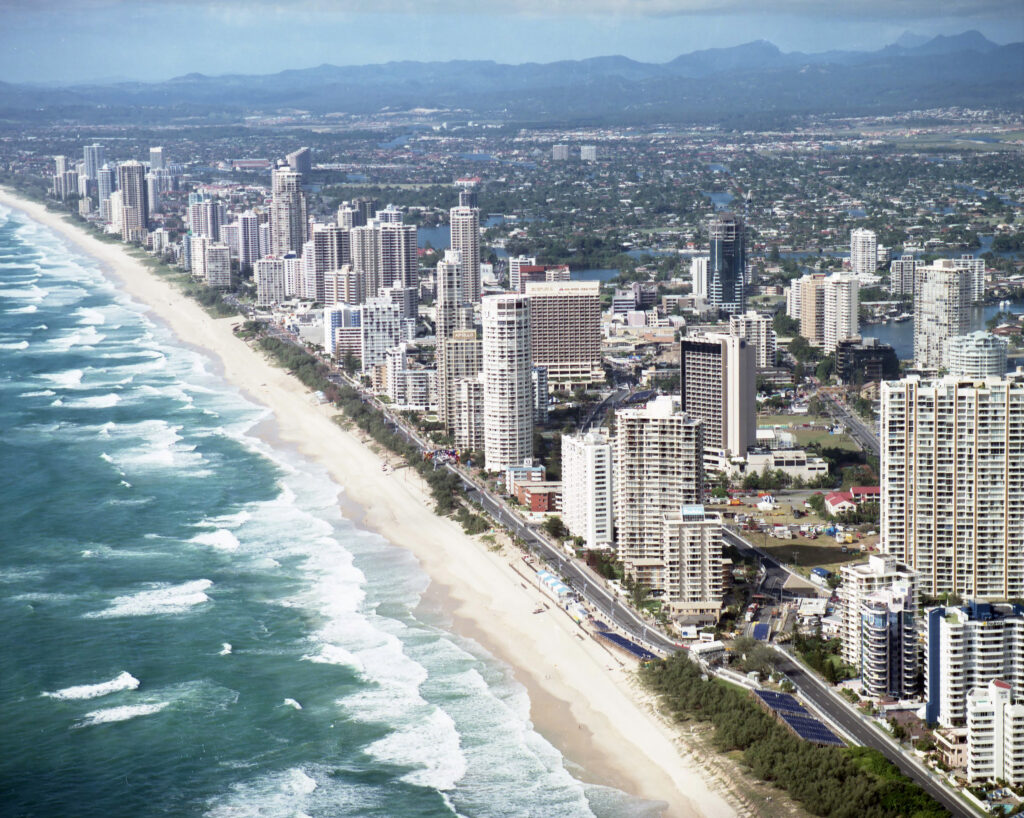
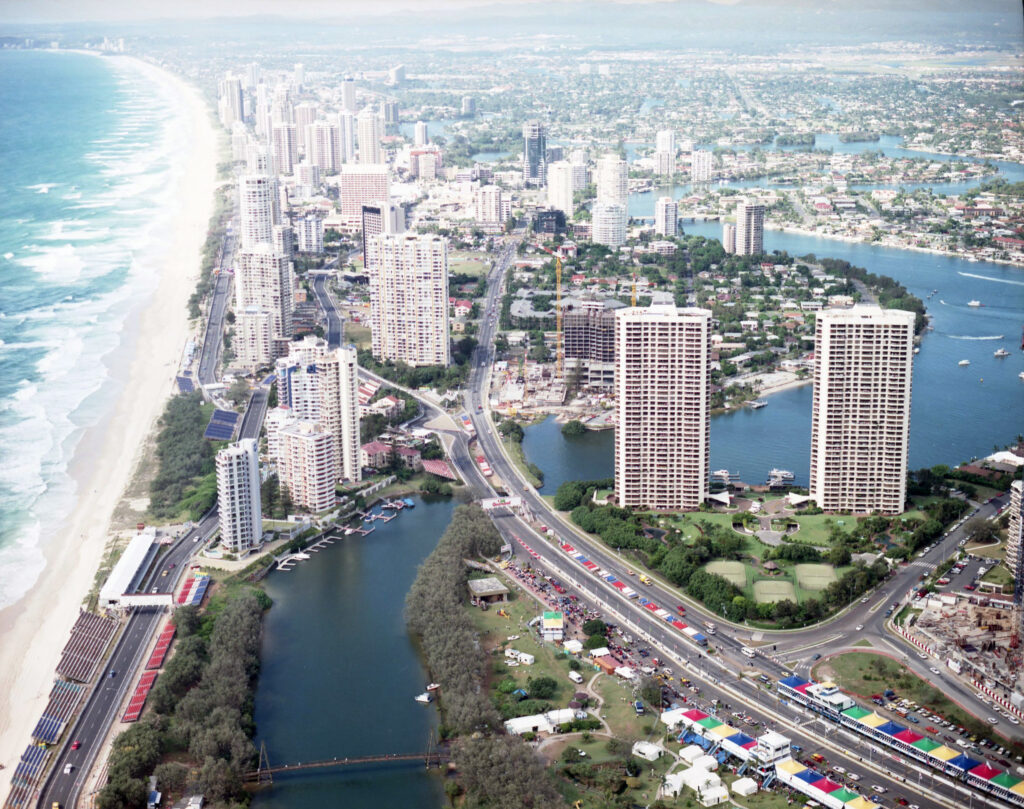
Images: State Library of Queensland Archive
1991 – Mario Andretti’s nephew John Andretti was a surprise winner of the inaugural Indycar race on the streets of Surfers Paradise, the only success of his top-tier open-wheel career, before he ultimately focussed on NASCAR, where he earned two Cup Series victories. That inaugural race was a battle of attrition, with only 11 of the 25 starters meeting the chequered flag. Previously here on The Race Torque, we have investigated some of the incredible storylines around the event, plus the fact that the CART 747 freighter nearly ditched in the Pacific Ocean…
1992 – Two-time Formula 1 Champion Emerson Fittipaldi survived a mid-race downpour, leading home Rick Mears in a Team Penske one-two. Japanese cult hero, “King” Hiro Matsushita, missed the race after a hefty shunt at the first chicane in practice.
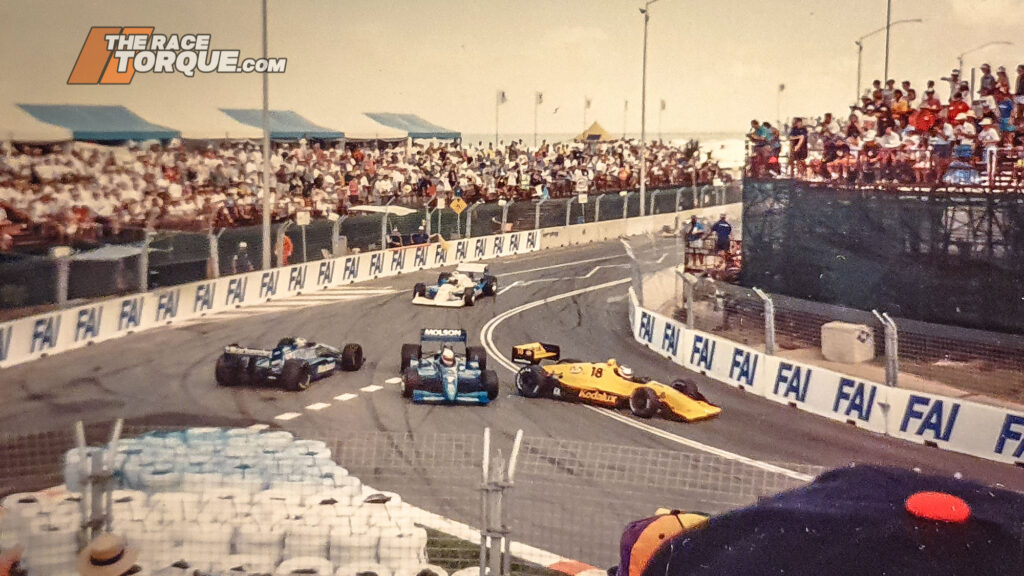
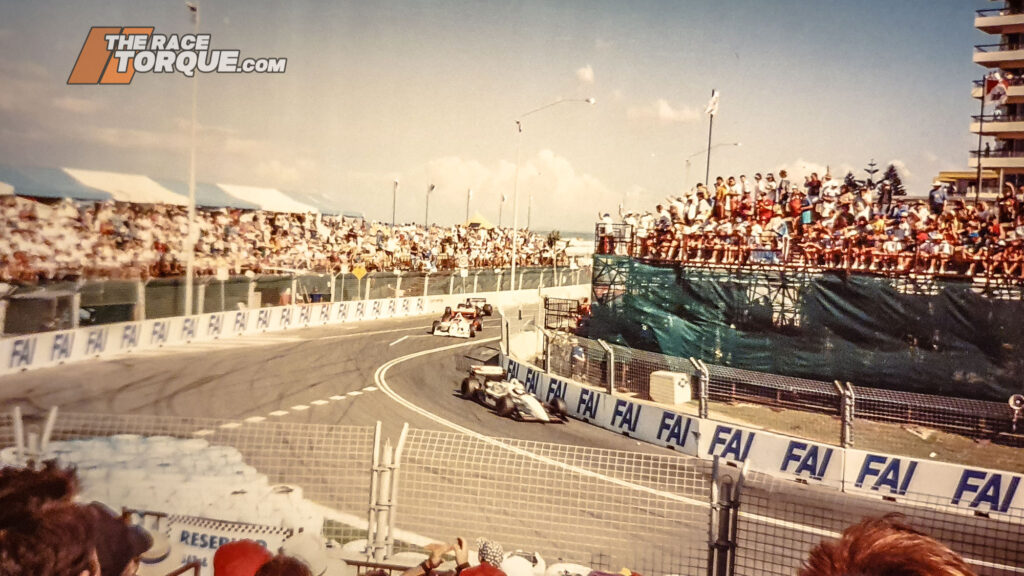
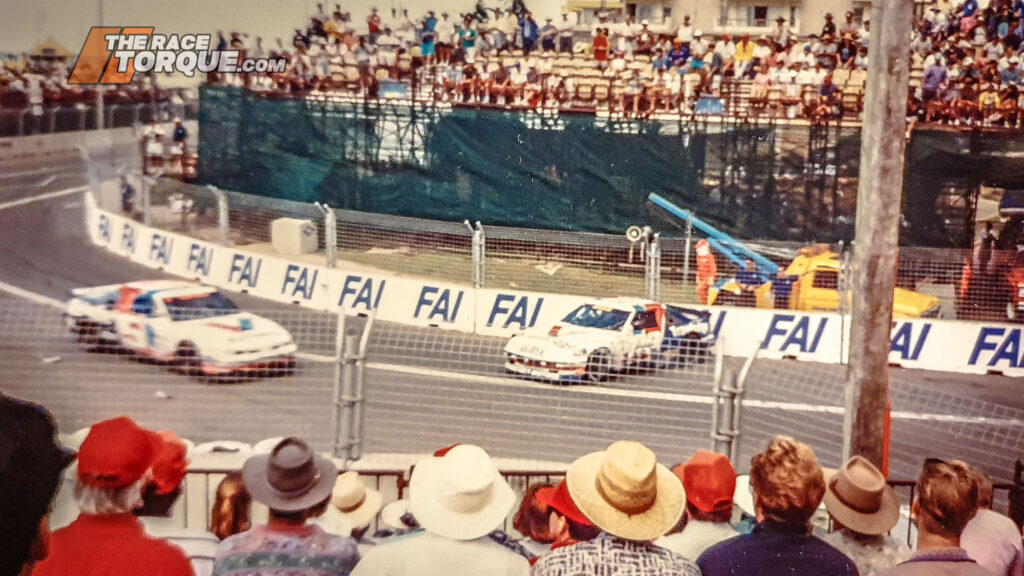
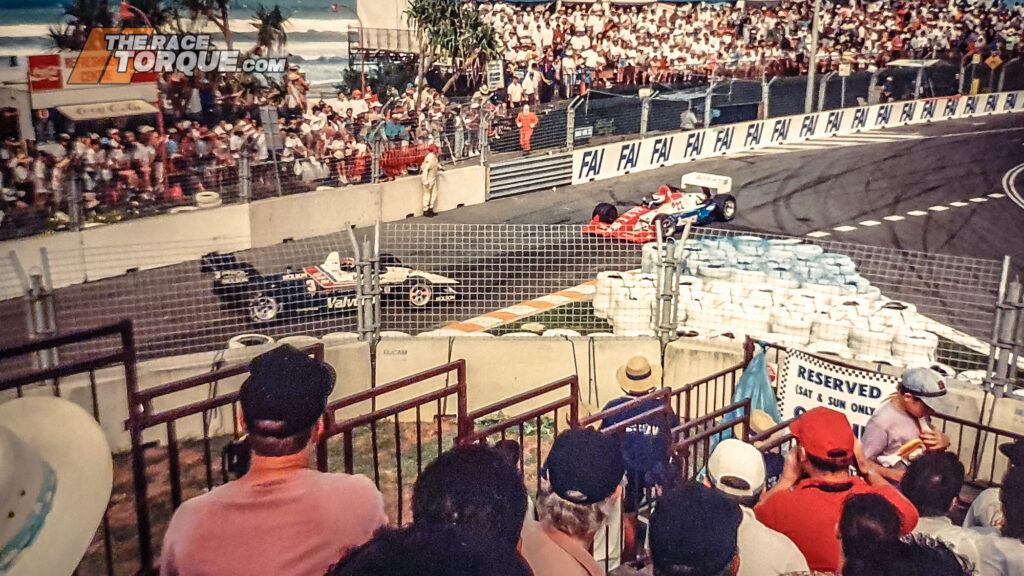
1993 – Reigning F1 Champion Nigel Mansell hit the Gold Coast, and the fledgling event came of age. The Brit survived a mid-race penalty and a dry fuel tank to hold onto victory on his Indycar debut. Click here to check out our earlier story on Mansell mania sweeping the Gold Coast.
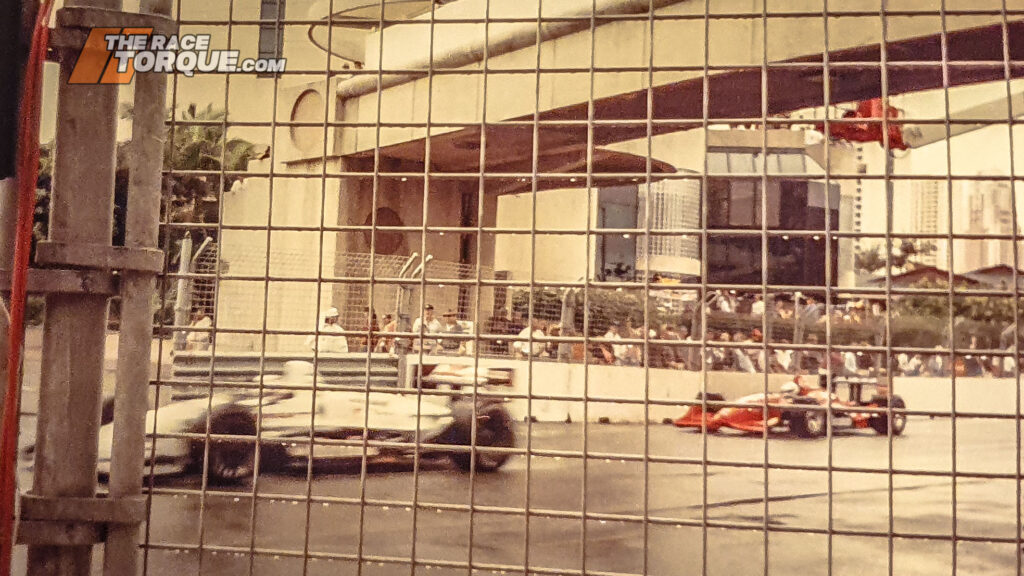
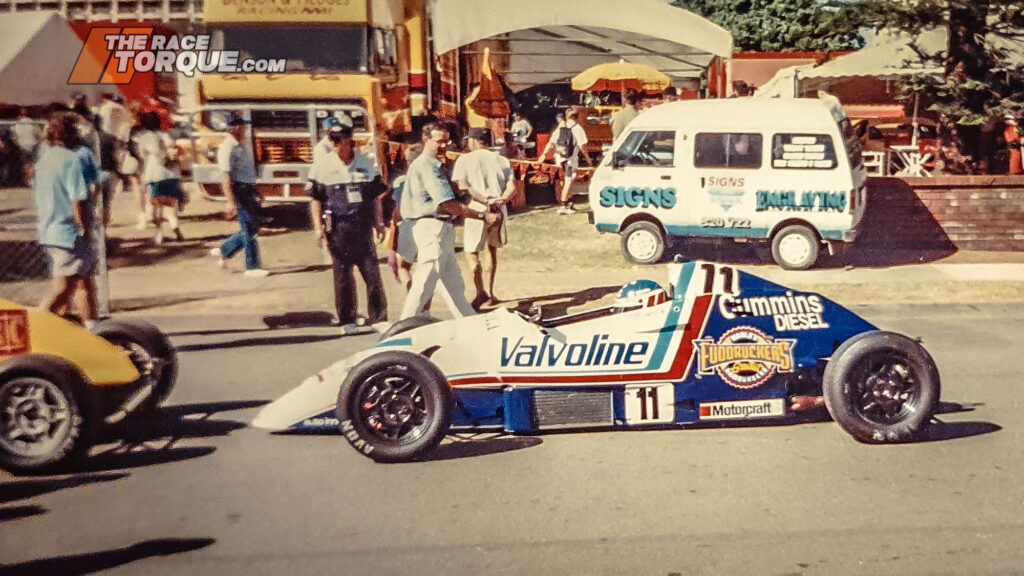
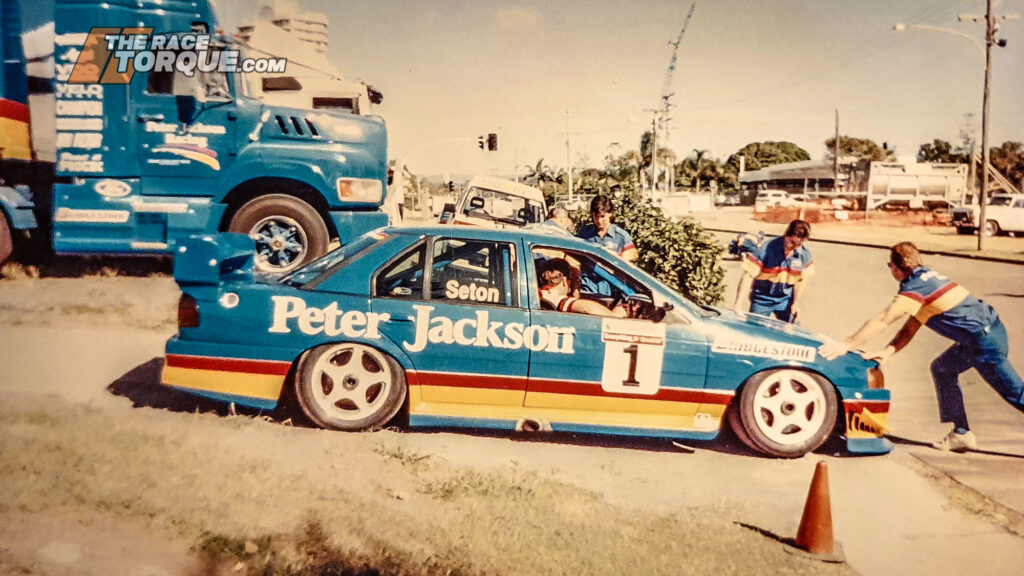
1994 – Michael Andretti returned from his abbreviated F1 career to win his first race for Chip Ganassi Racing, which also doubled as a debut victory for Reynard as an Indycar constructor. The race ended in darkness after multiple attempts at starting on a slick track resulted in carnage. CAMS finally embrace the event, with Group A Touring Cars making their initial entry on the support bill, with John Bowe claiming honours.
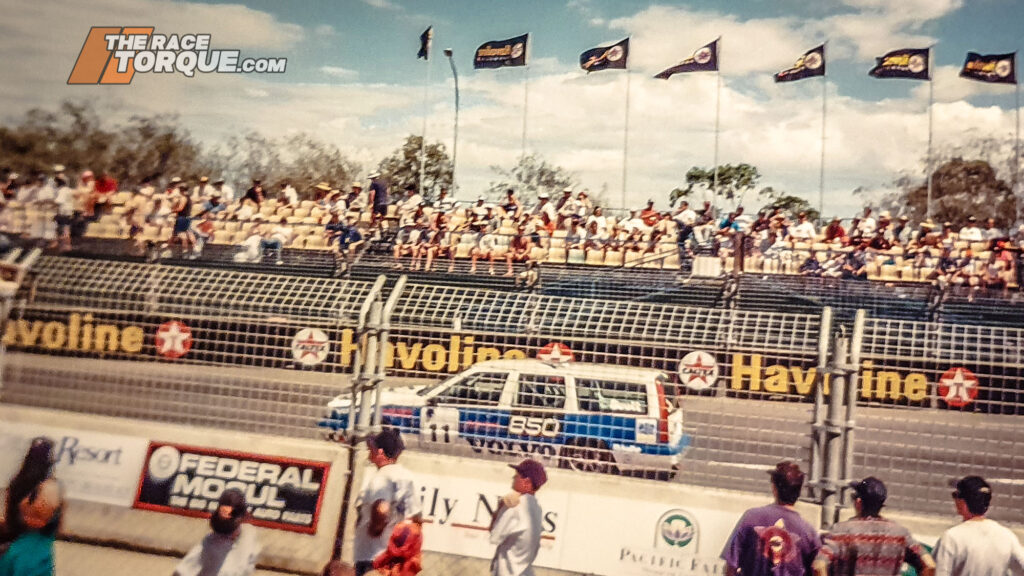
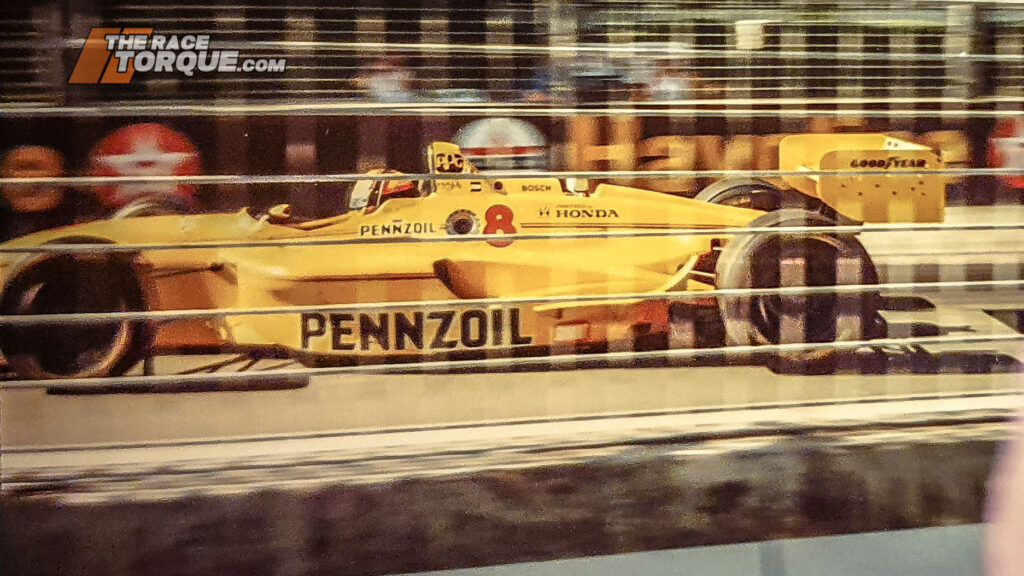
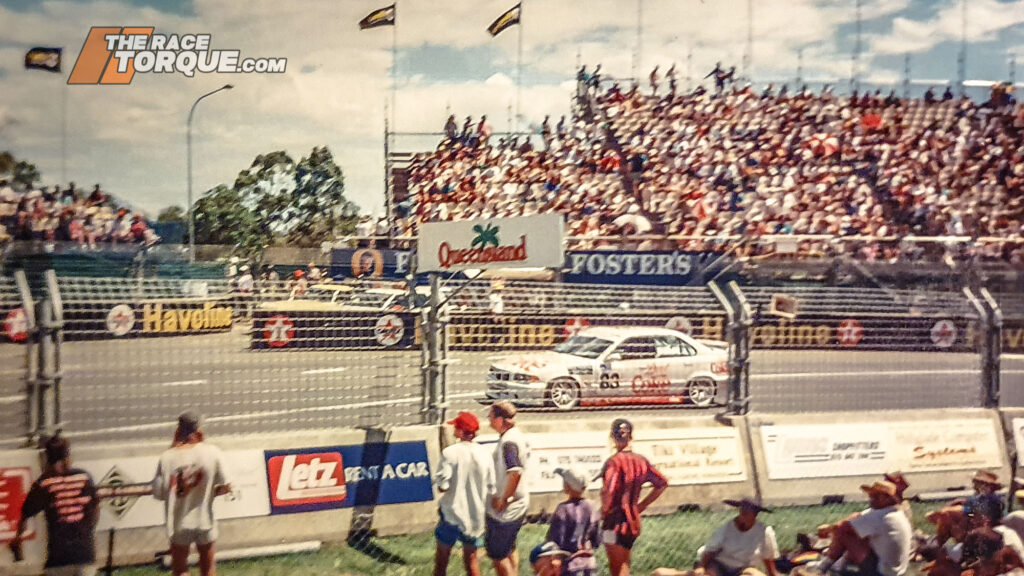
1995 – With the event demoted to the second stop on the calendar, Paul Tracey broke through for victory at his new home at Newman-Haas Racing, with transmission woes sidelining seven of the 26 starters. Michael Andretti was one to be struggling late, before he wrecked on the final circuit at the second beachside chicane. On the undercard, the V8s were missing in action, with the Super Tourers taking a prominent role.
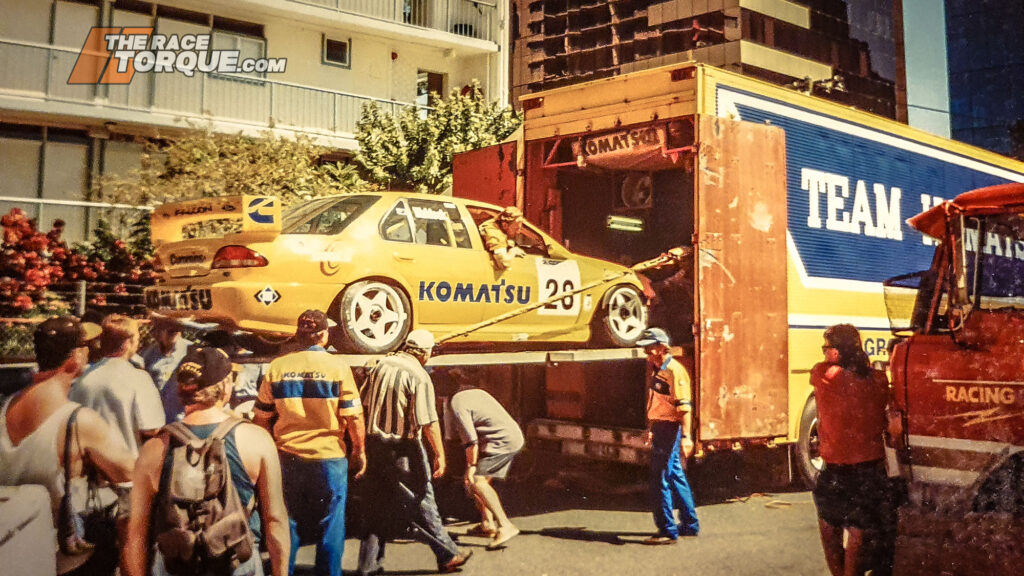
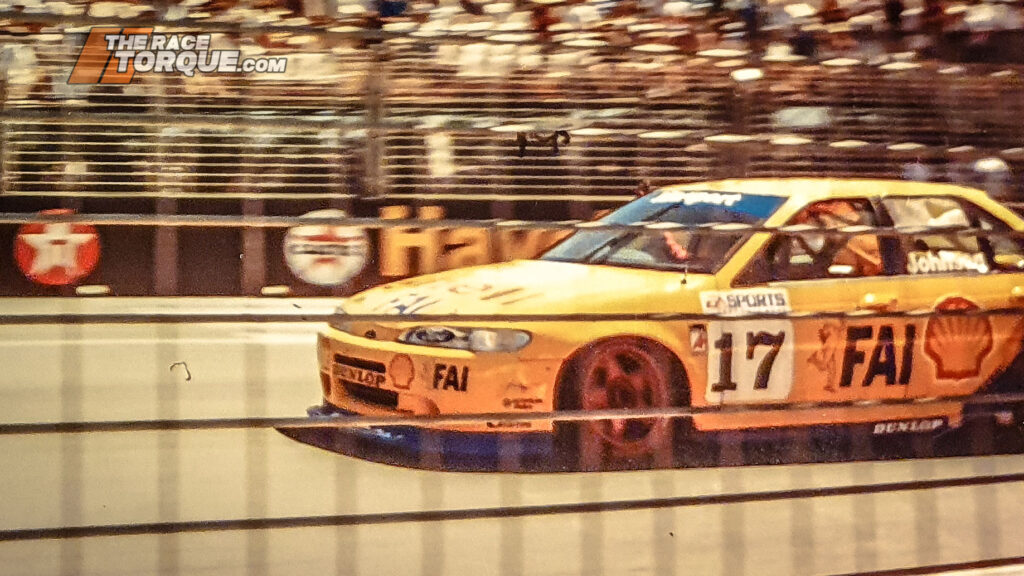
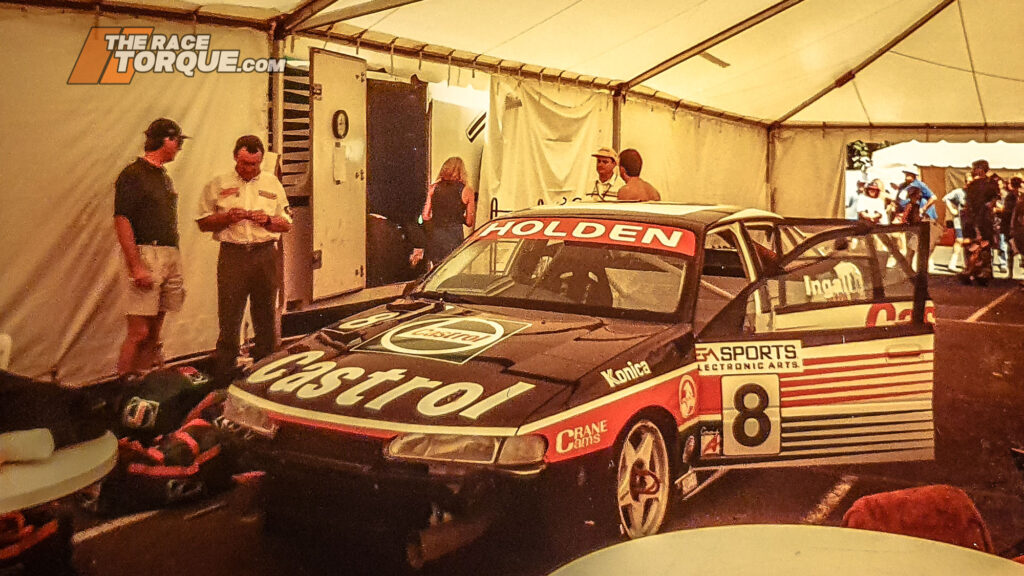
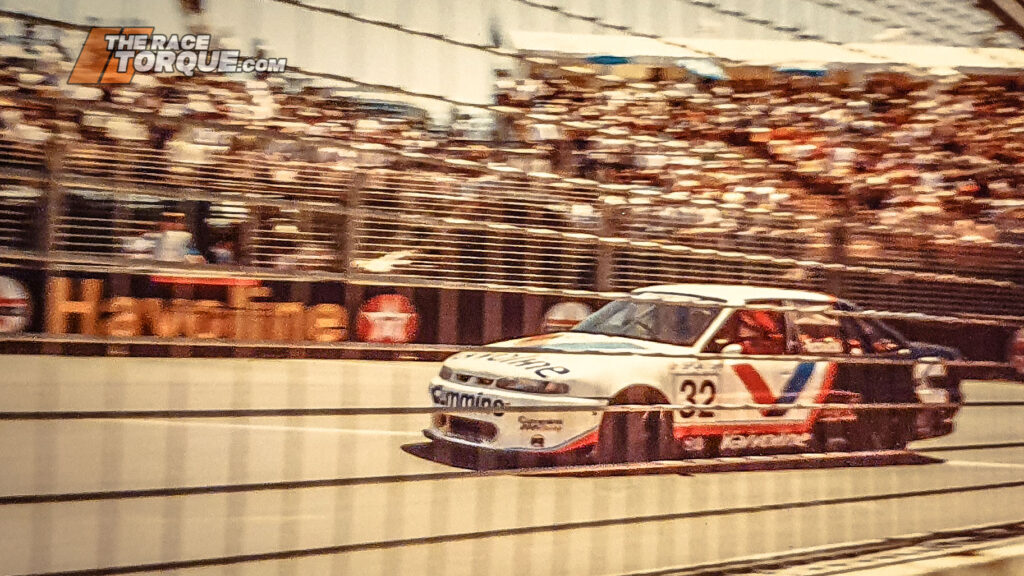
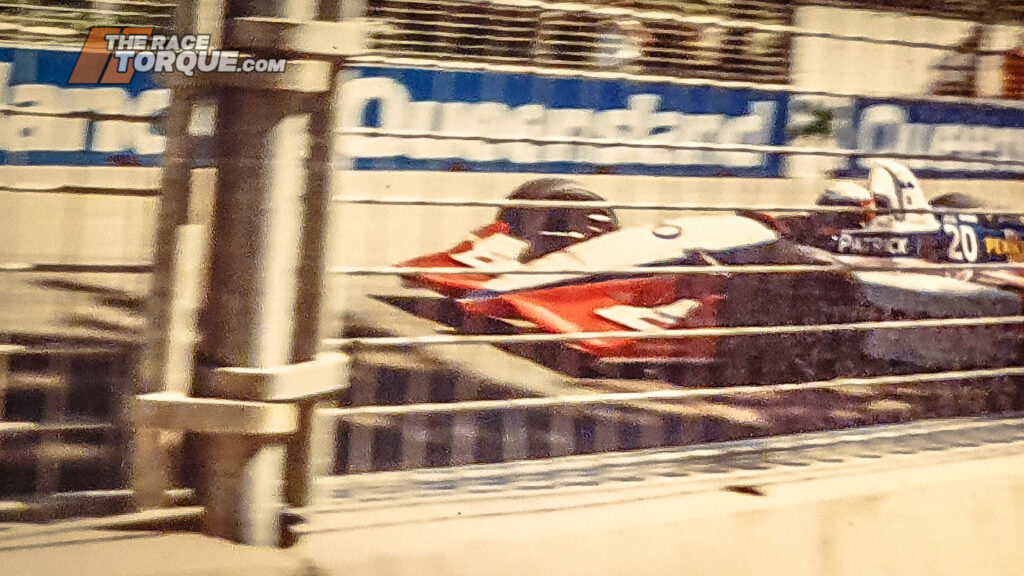
1996 – After winning the season-opening race at Homestead, Jimmy Vasser won the third round on the Gold Coast, with further victories at Long Beach and the US 500 enough to see the American claim his lone CART title. The 5 Litre tourers returned, and have been a fixture since, with Bowe continuing his dominance of the street circuit genre from the period with another win.
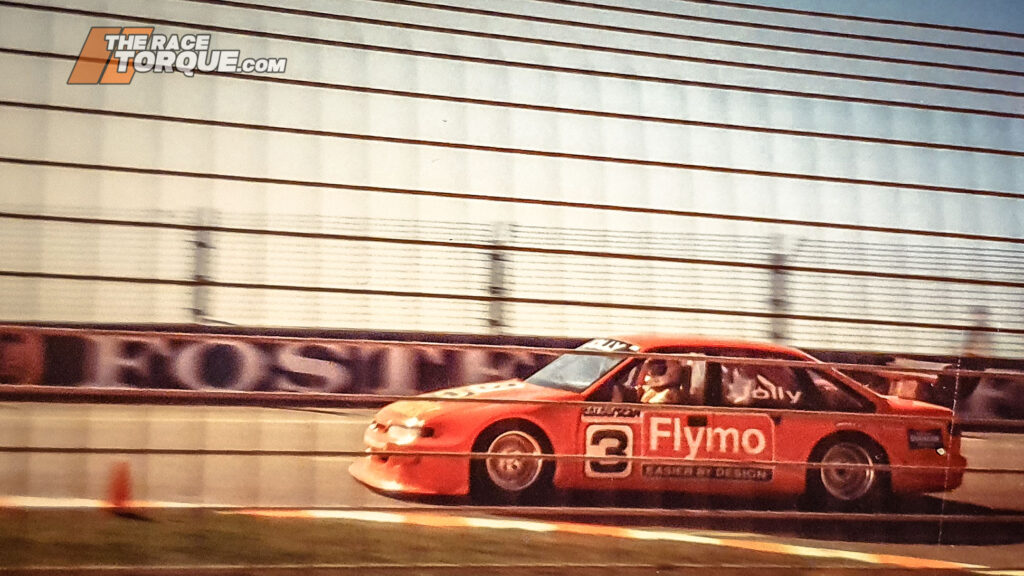
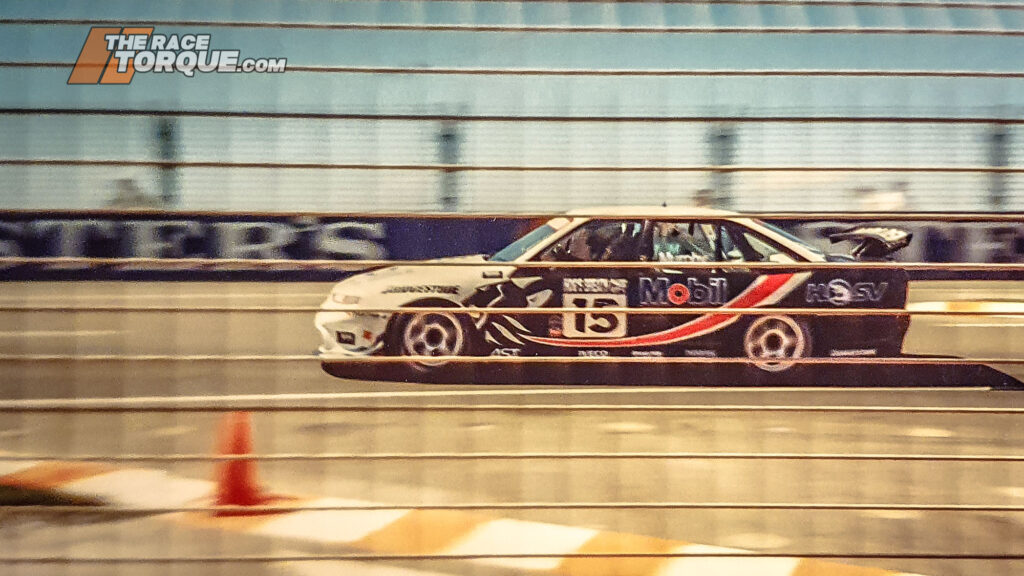
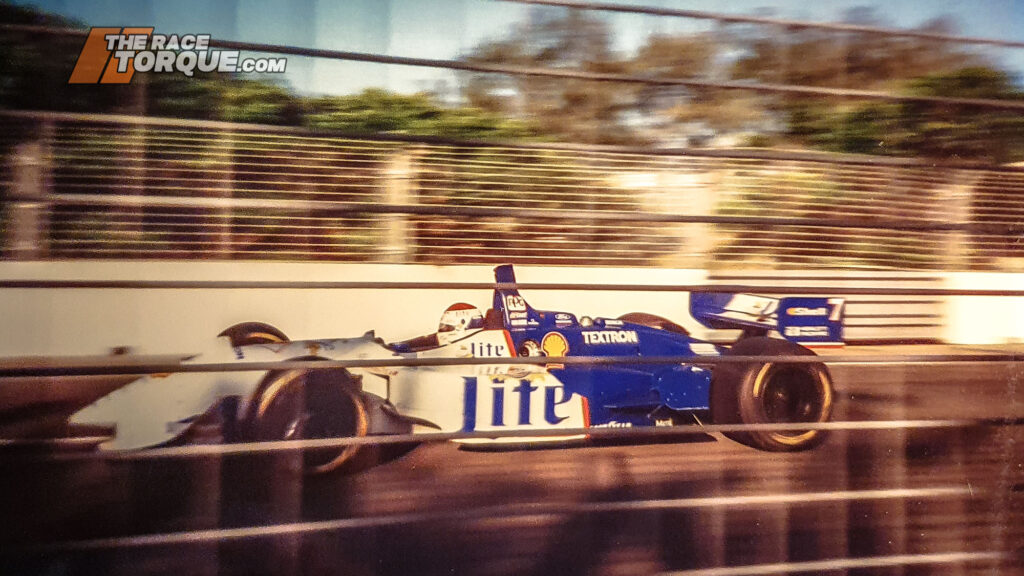
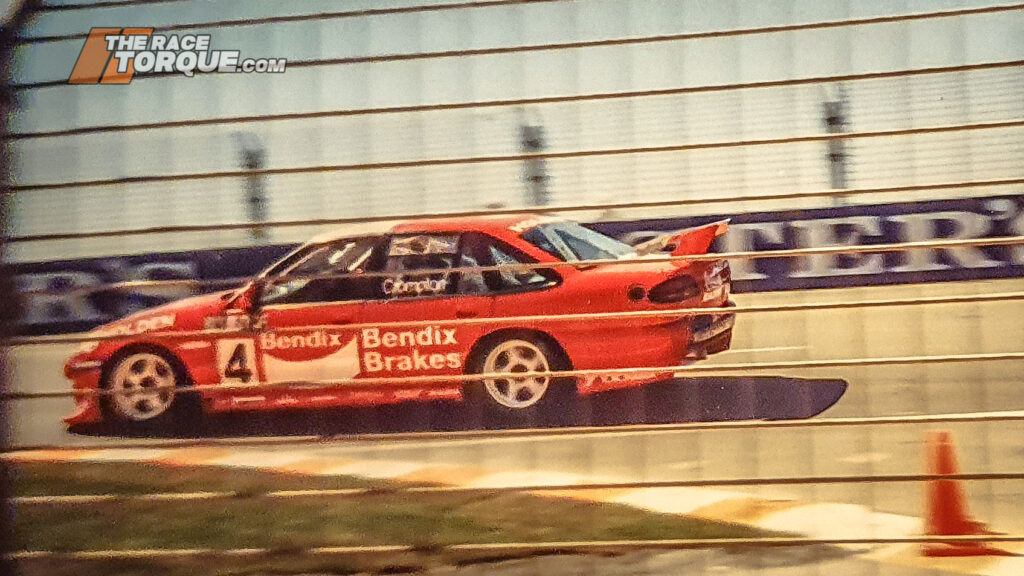
1997 – The final time the event was hosted in the first half of the season, Scott Pruett broke through for the win. The race had to be restarted following a horrifying tangle on the pit straight between Gil de Ferran and Christian Fittipaldi, which saw the latter sent to hospital with a broken leg. Russell Ingall claimed overall honours in the V8 supports, sealed with victory in the Sunday race. There was plenty of carnage in the two races, with Shell teammates Dick Johnson and John Bowe tripping over each other before planting themselves in the back straight fence on Saturday.
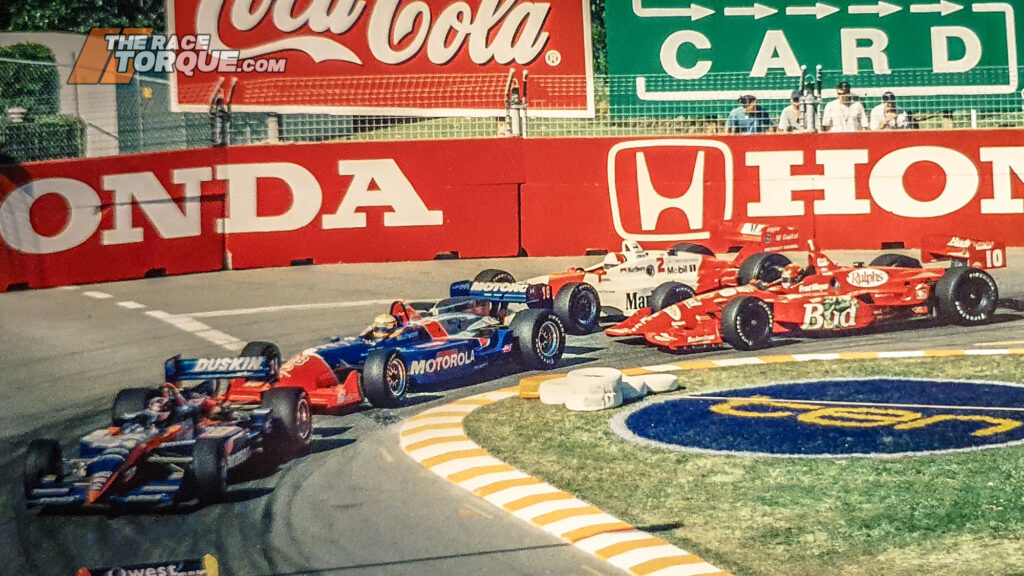
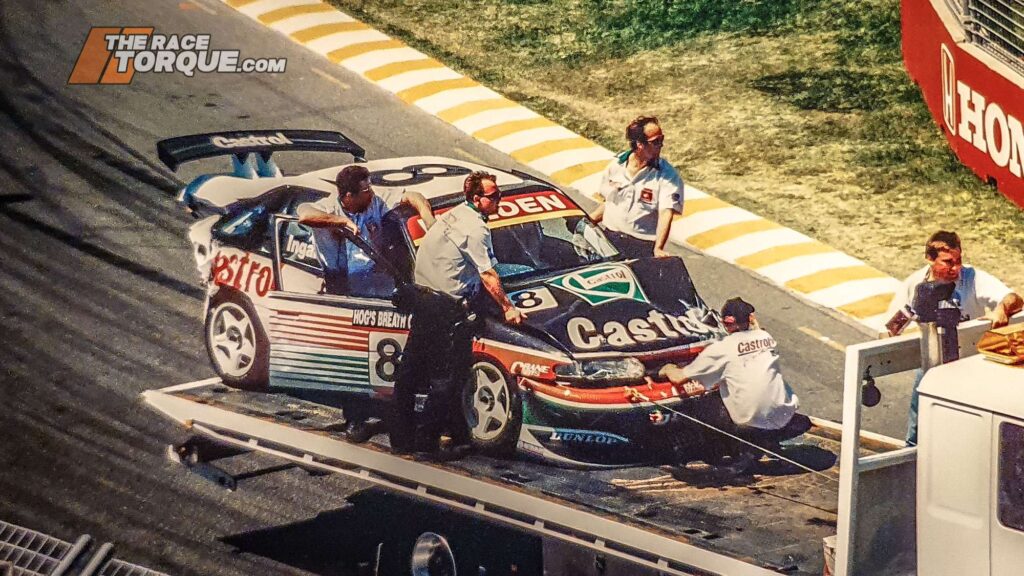
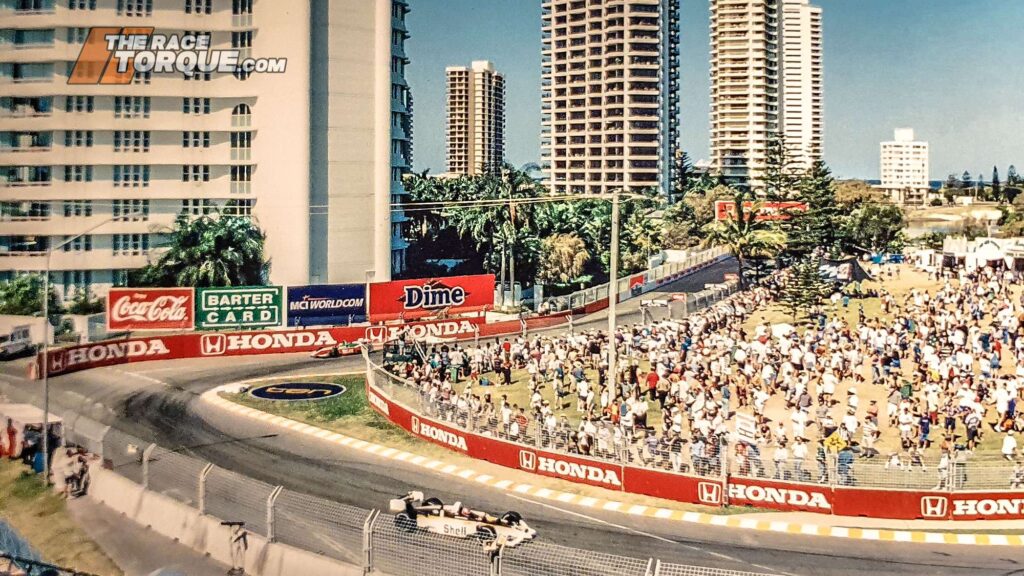
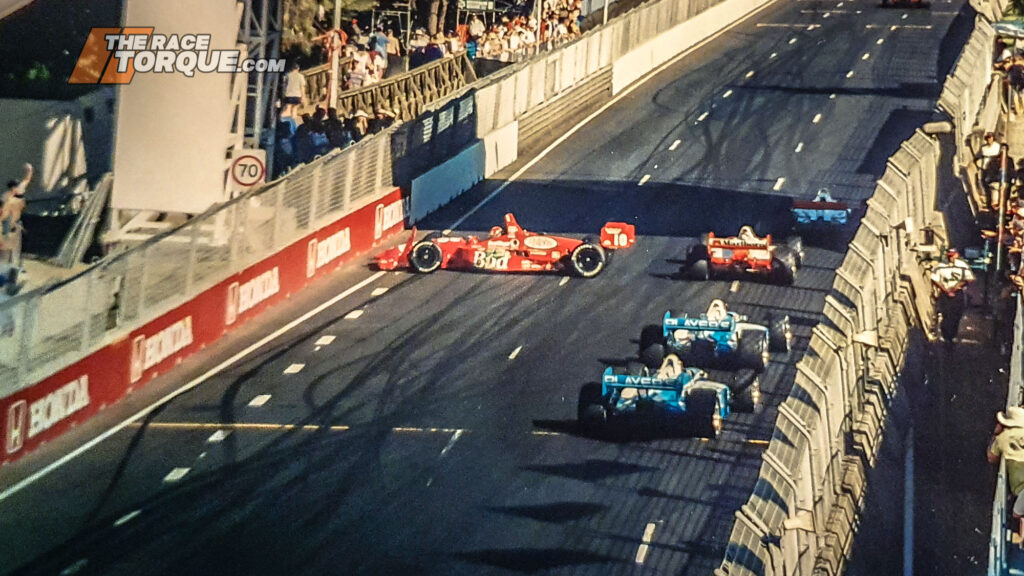
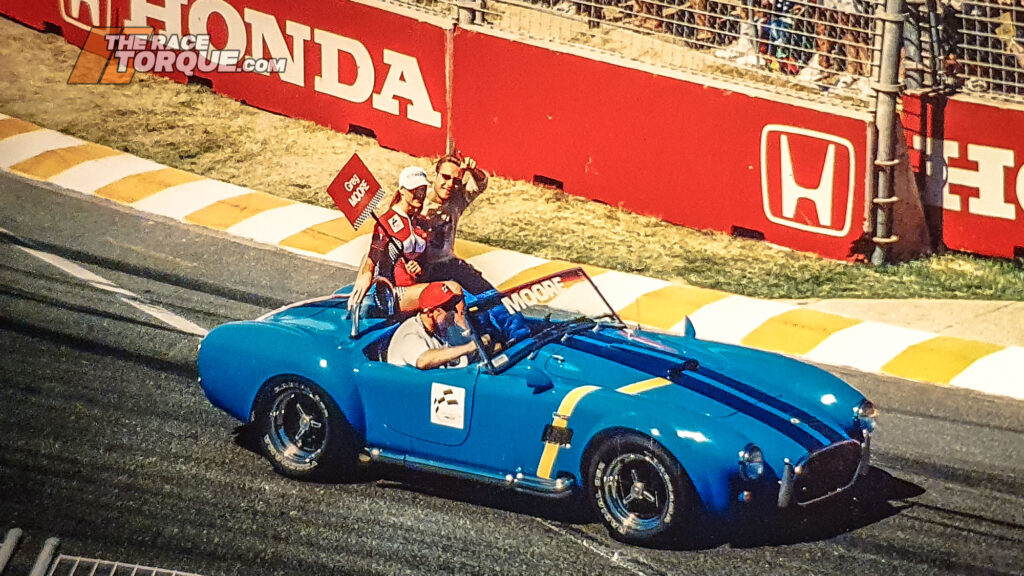
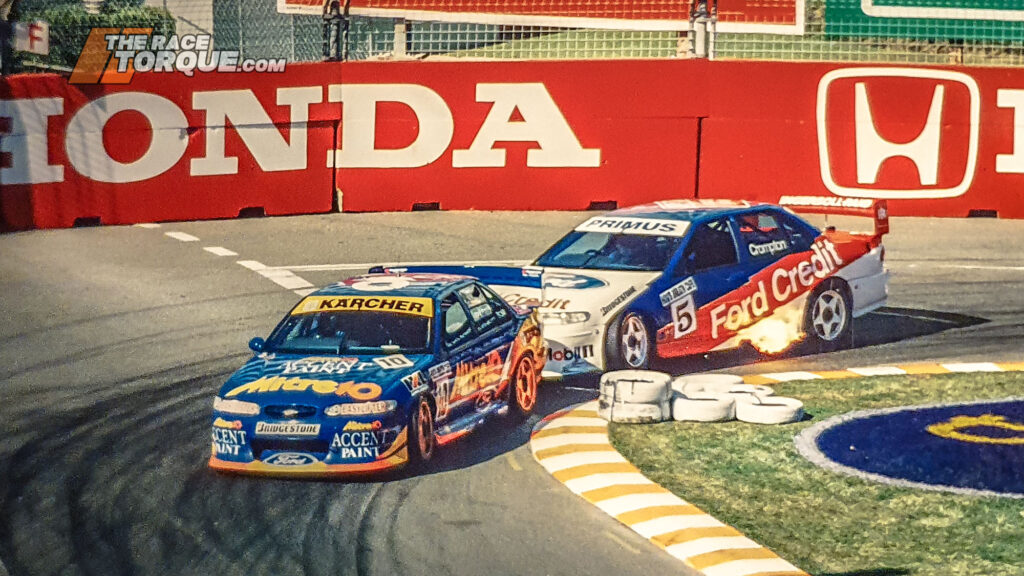
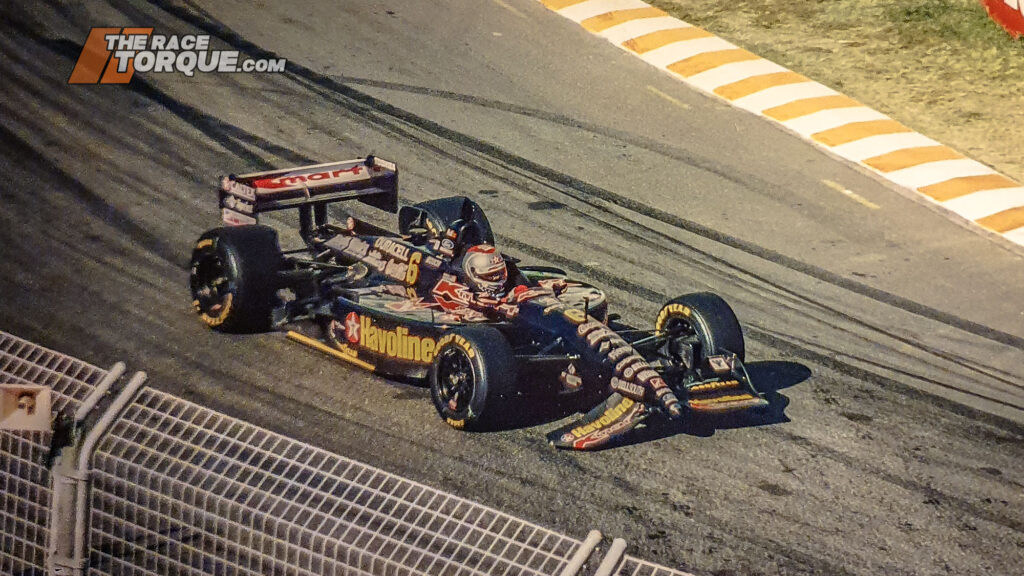
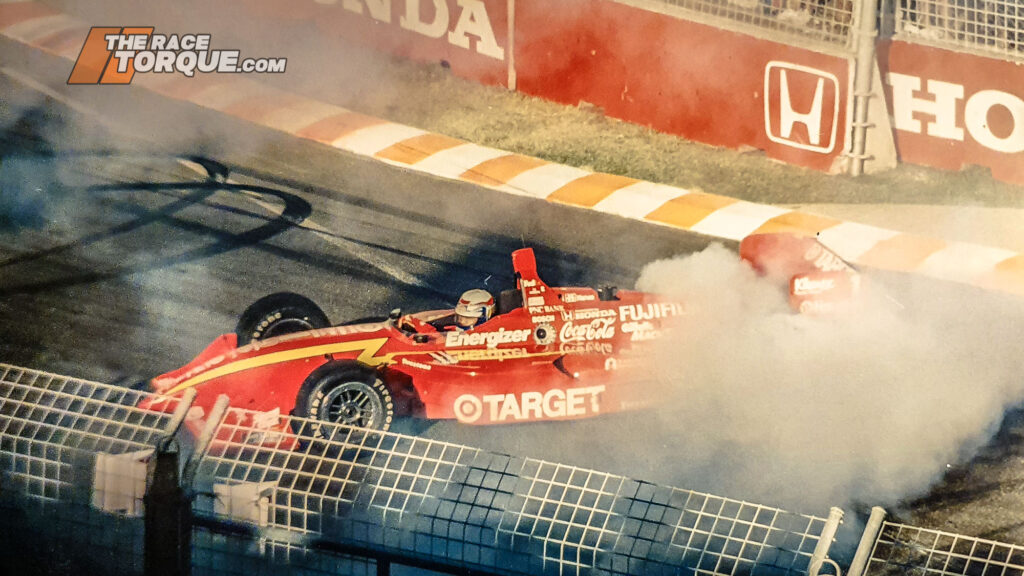
1998 – Alex Zanardi claimed the final race win of his Indycar career, celebrating with his legendary donuts, as he wrapped up his second straight CART title. The Italian subsequently set sail for a tough return to F1 with Williams in 1999. Mark Larkham meanwhile had his best-ever weekend in the V8s, sweeping the event as carnage once again reigned supreme. The move to October saw the event miss the sometimes sketchy March weather (don’t see: 2002 or 2018), while also drawing people to the Coast in between school holiday periods.
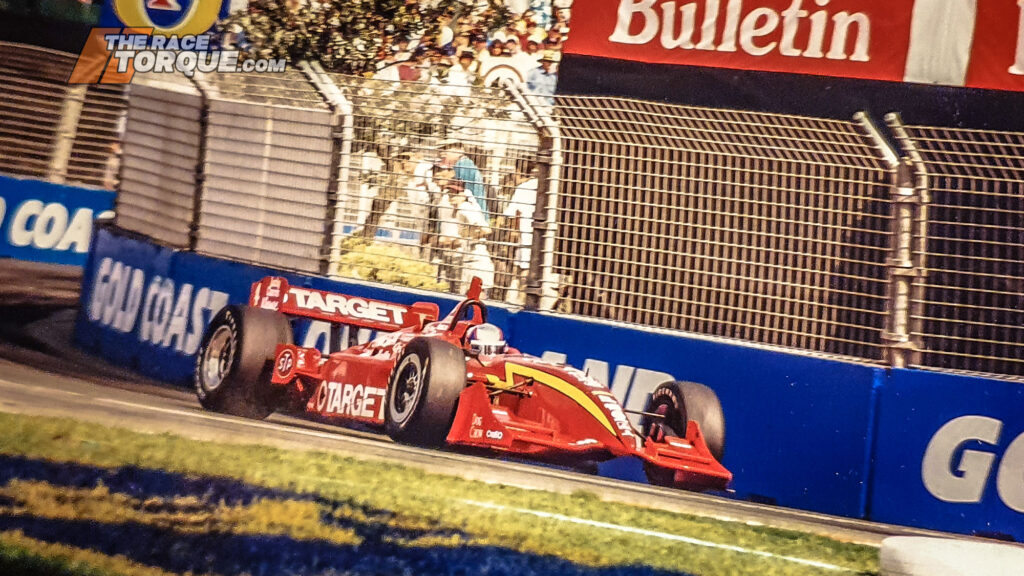
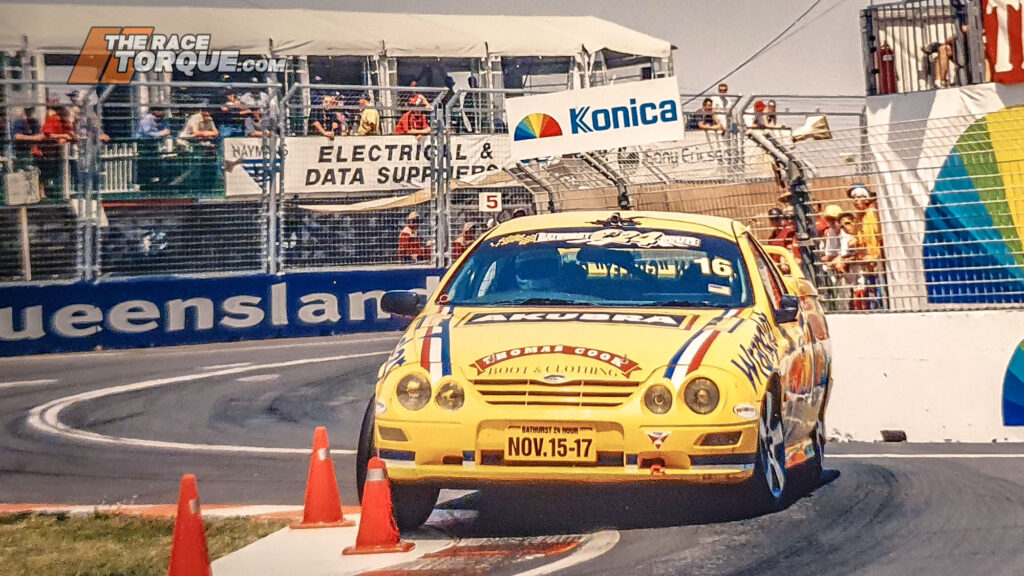
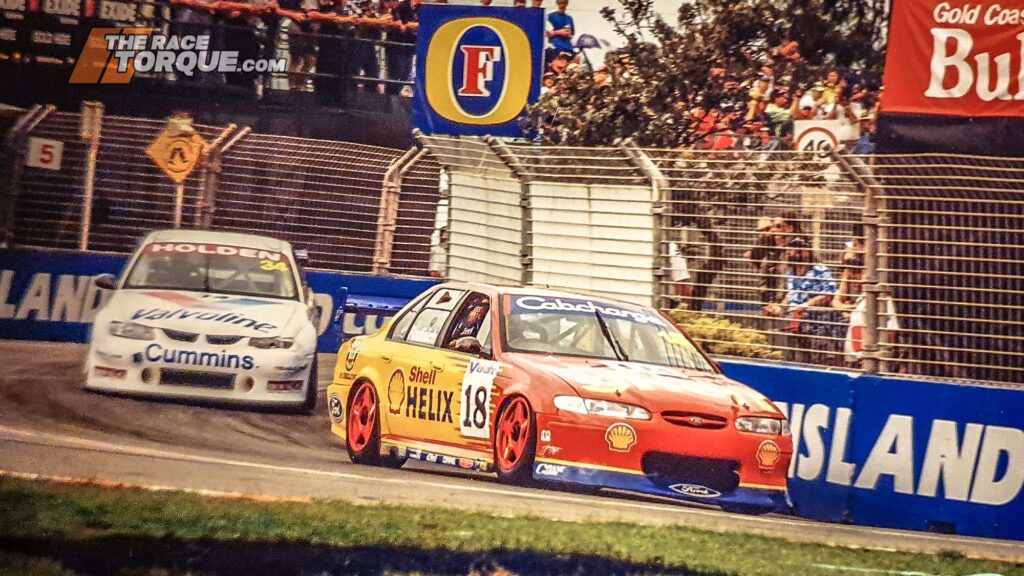
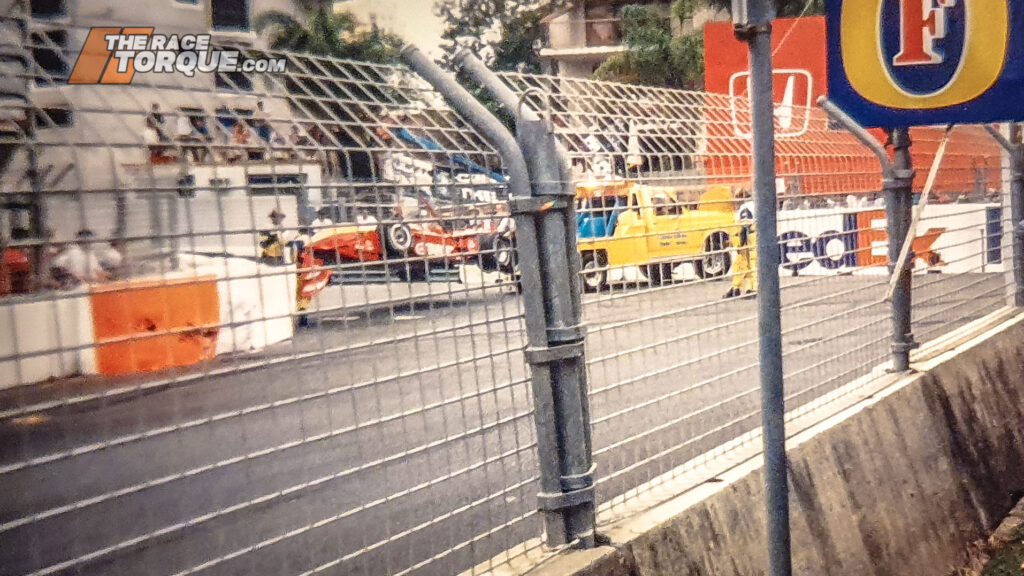
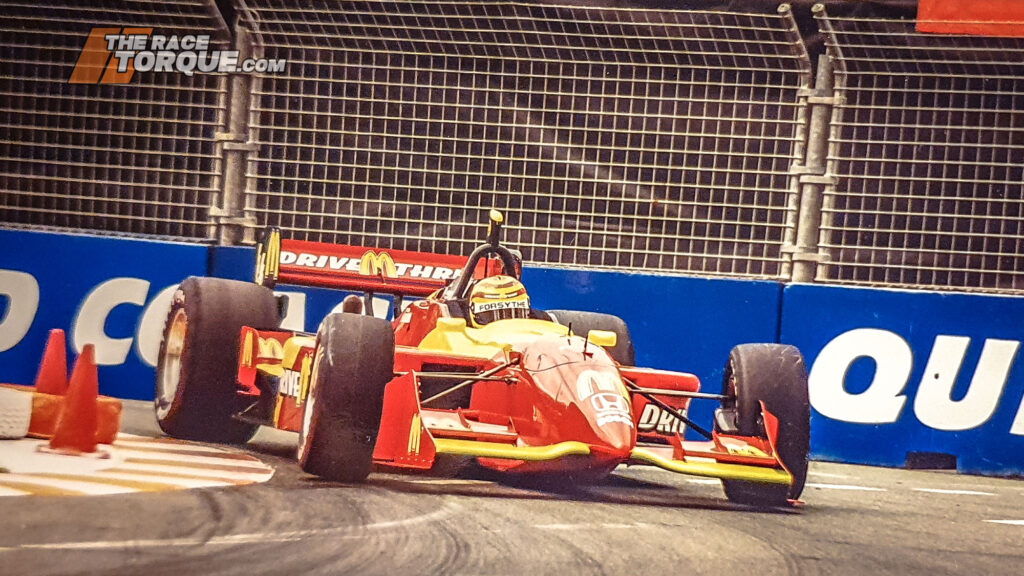
1999 – Dario Franchitti won the race from pole position, which ultimately saw him tie with Juan Pablo Montoya on points for the season, but lose the title on a countback. Montoya crashed out of the GC event late in the northern section of the course. In the V8 Supercars, DJR new recruit Paul Radisich wheeled out an old EL Falcon, and promptly scored the three race wins.
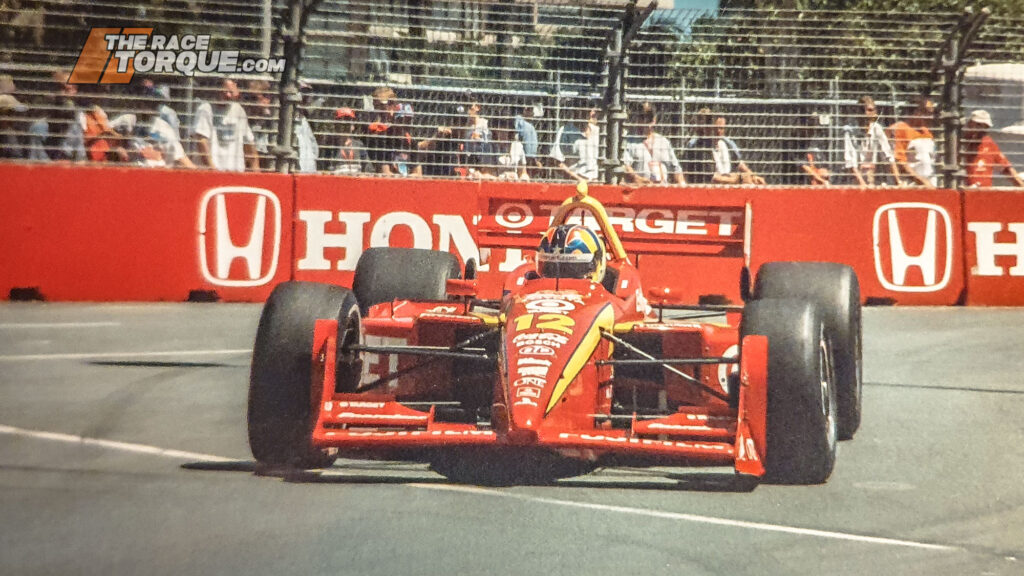
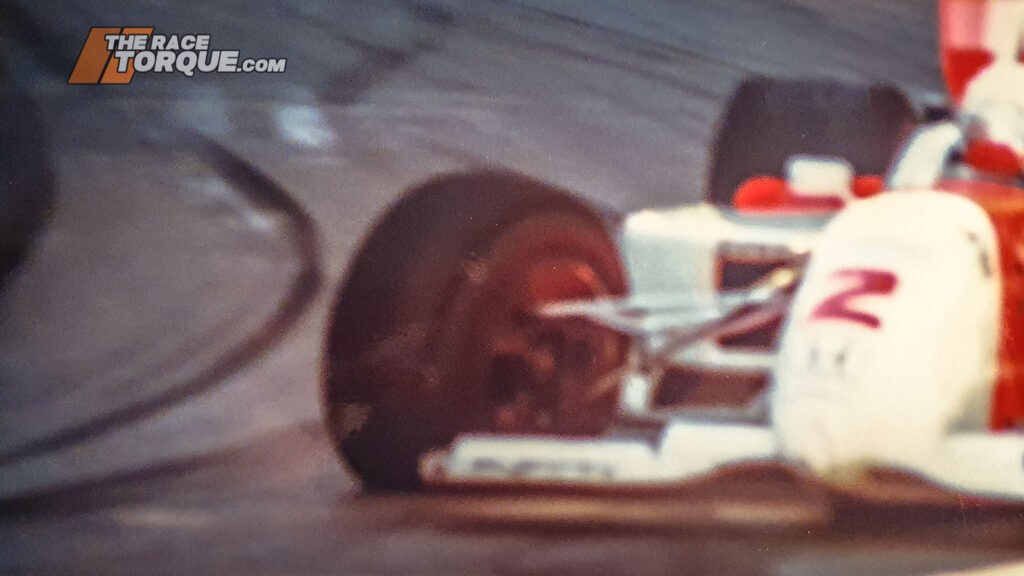
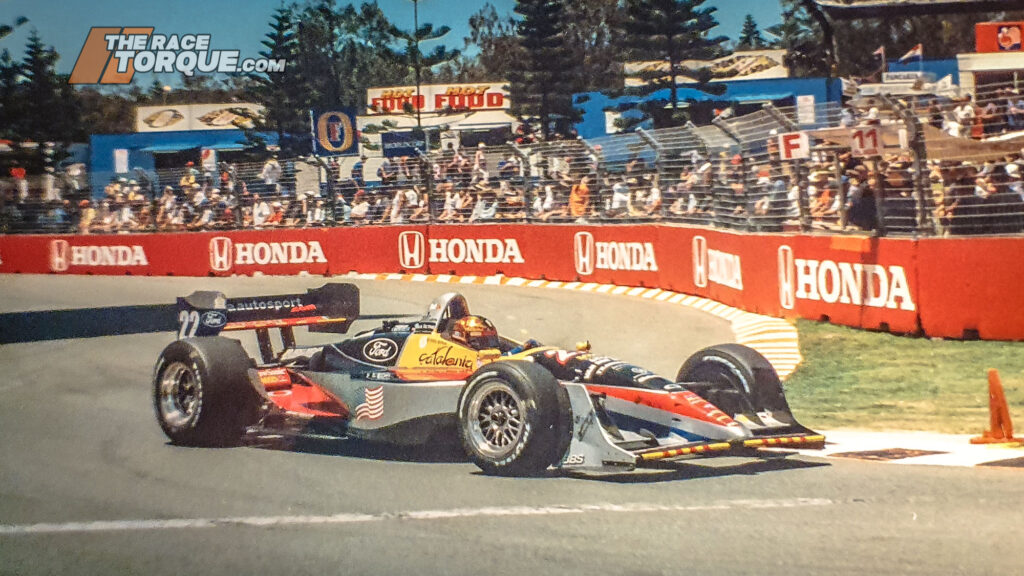
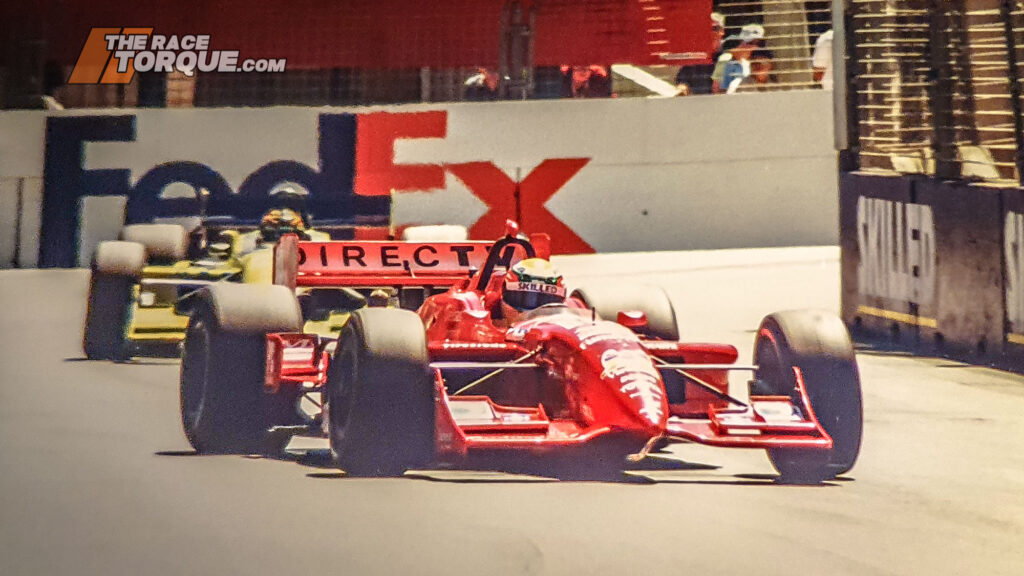
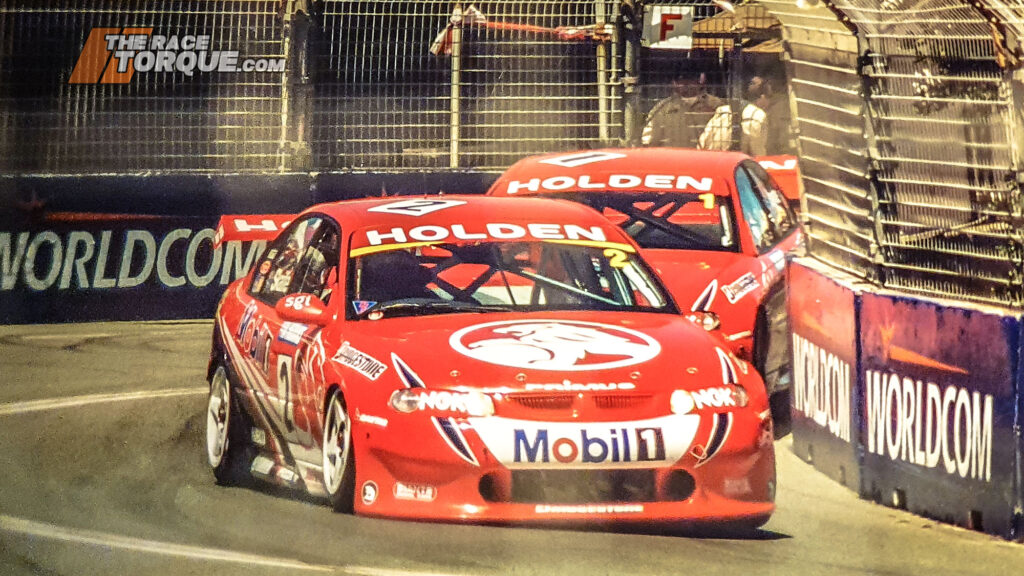
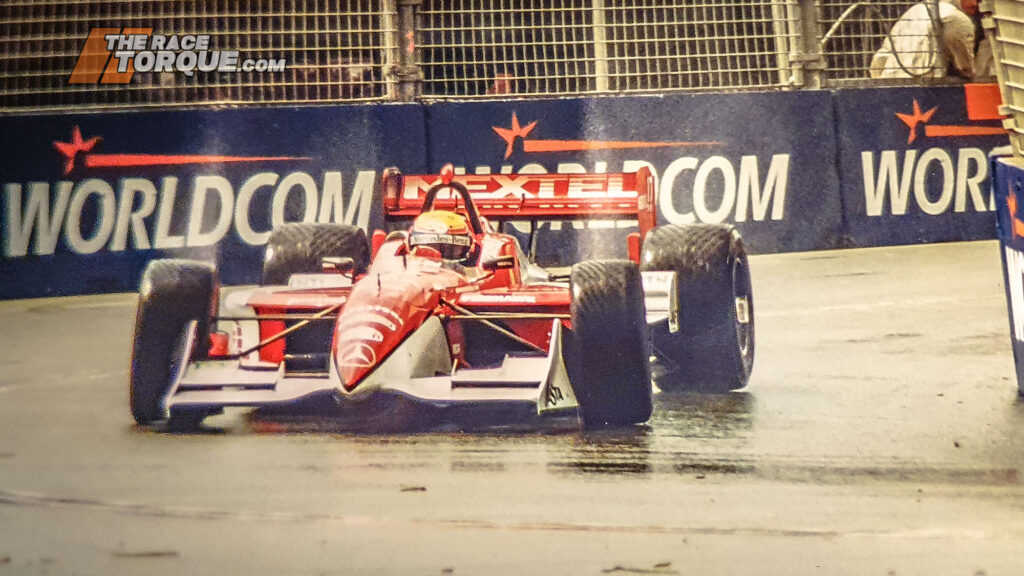
2000 – Adrian Fernandez claimed victory, the second of his season, paving the way for him to ultimately finish second in the title chase. Jason Bright made his lone CART race start, but was collected in a late-race restart after a promising run. De Ferran, Montoya and Franchitti were all non-finishers following a first corner melee, while the bowling ball known as Paul Tracey ultimately claimed Max Papis, and himself, after a coming together with Oriol Servia at the high-speed beach chicane. Radisich backed up his effort from 12 months prior with two race wins and the overall event trophy, with Ingall victorious in the finale.
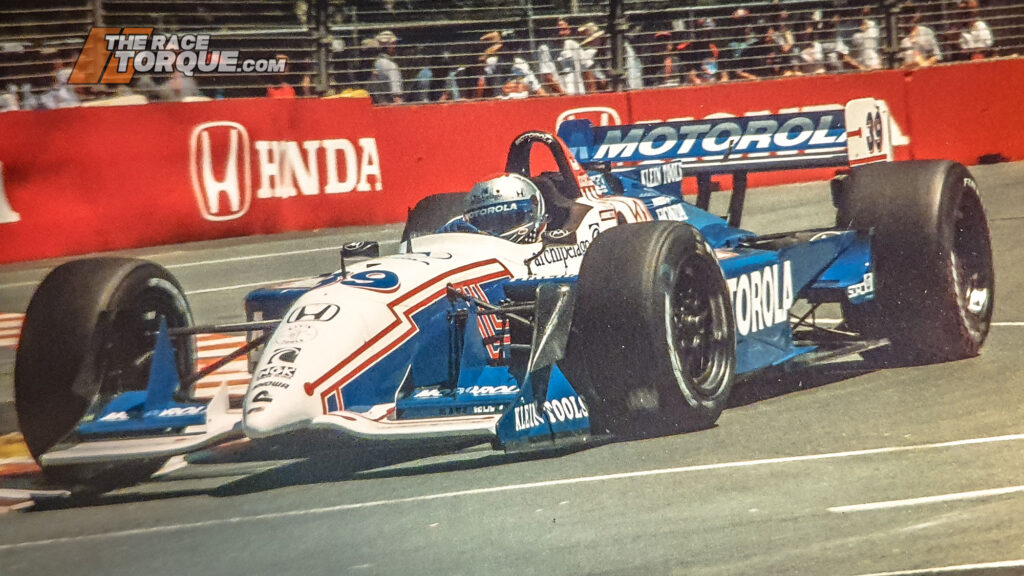
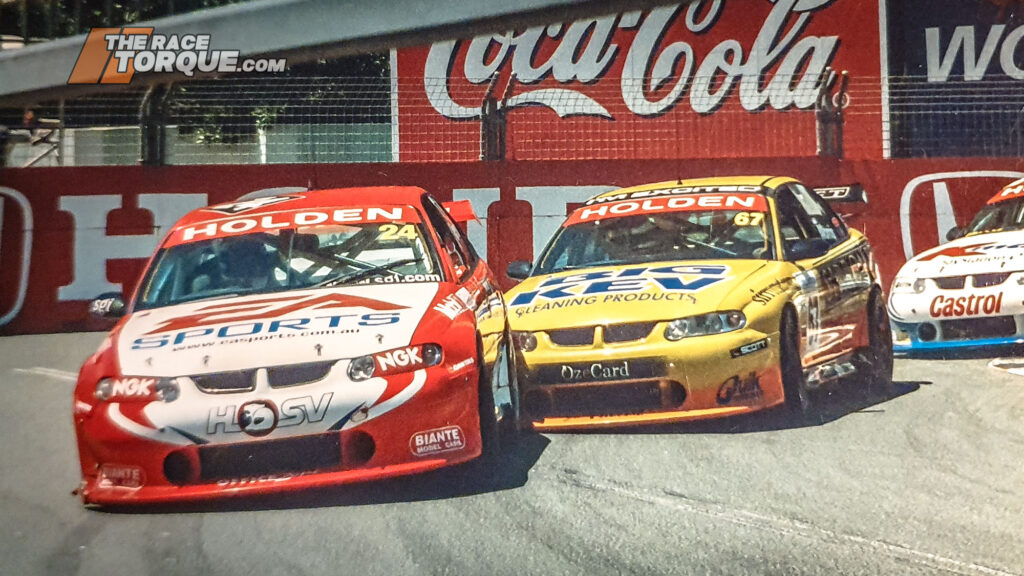
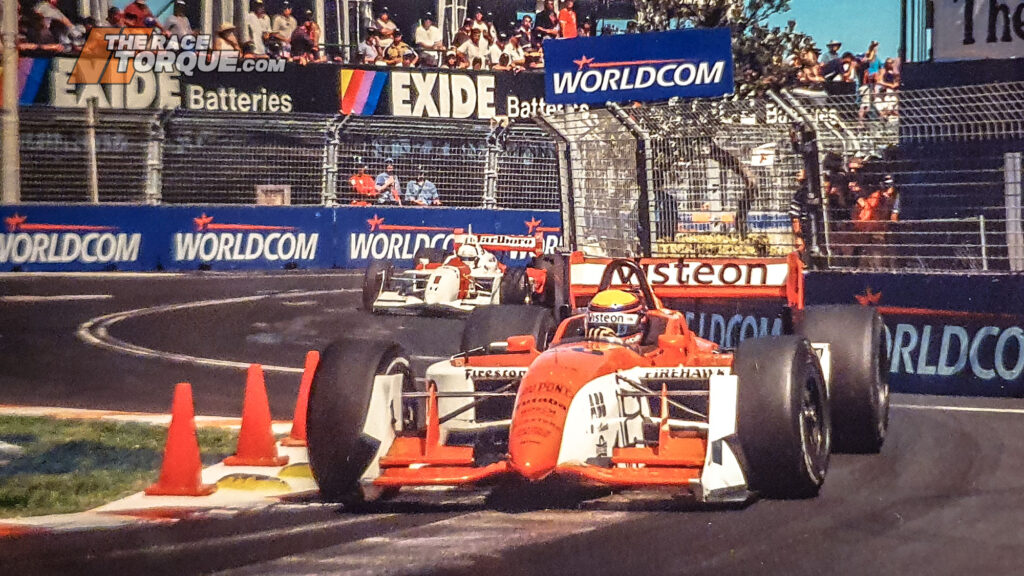
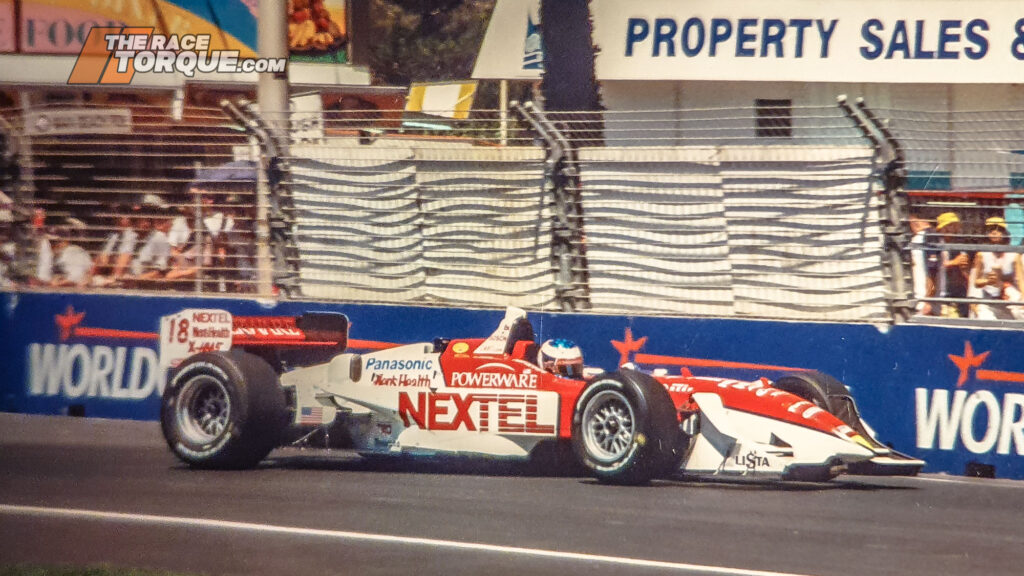
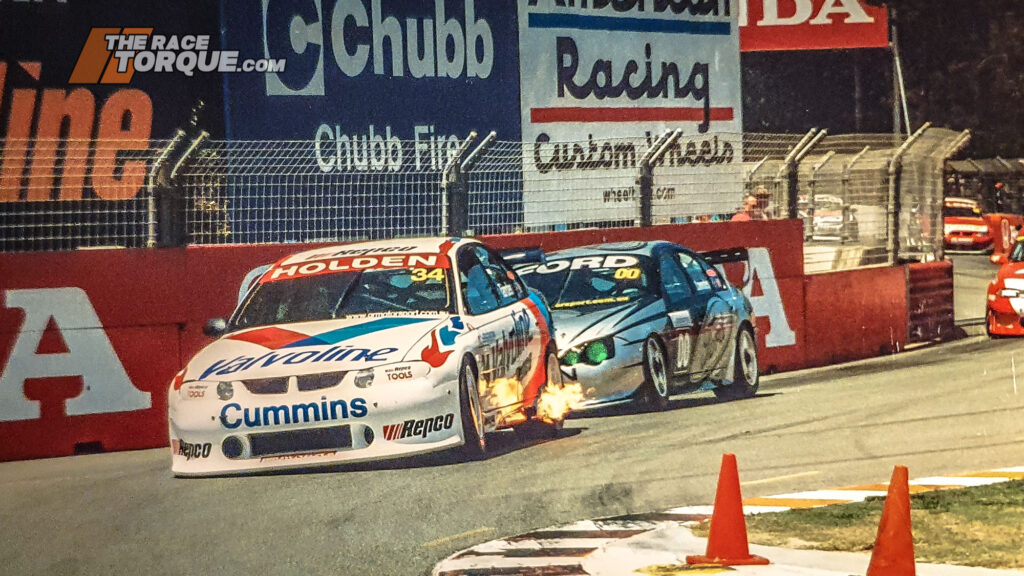
2001 – After opening the year with a win in Mexico, Cristiano da Matta won the last two events of the season on the Gold Coast and at Fontana, which set up his successful run at the 2002 title. Holden hit back in the V8 supports, with Garth Tander winning the event with two heat wins, with the other going to Mark Skaife.
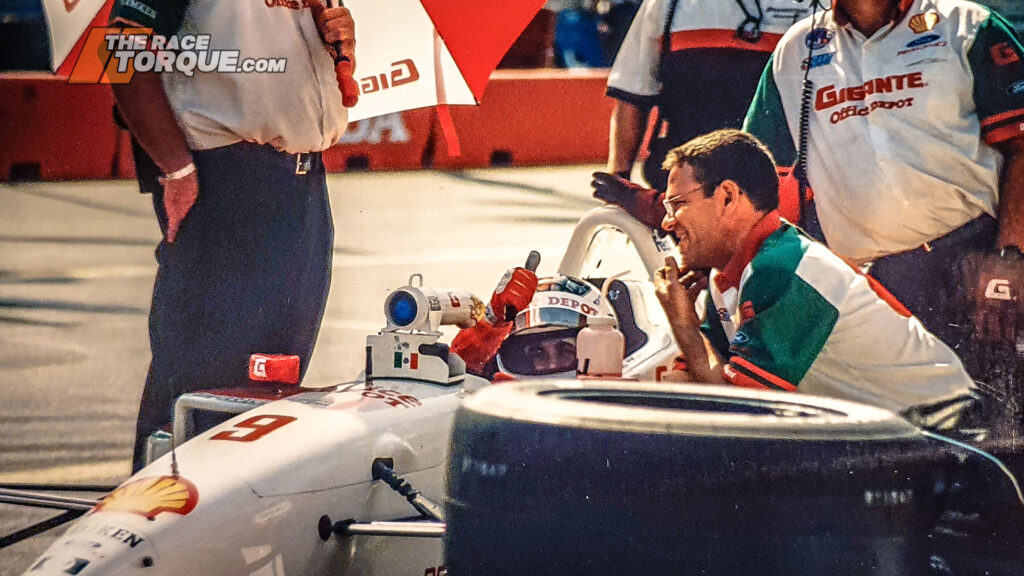
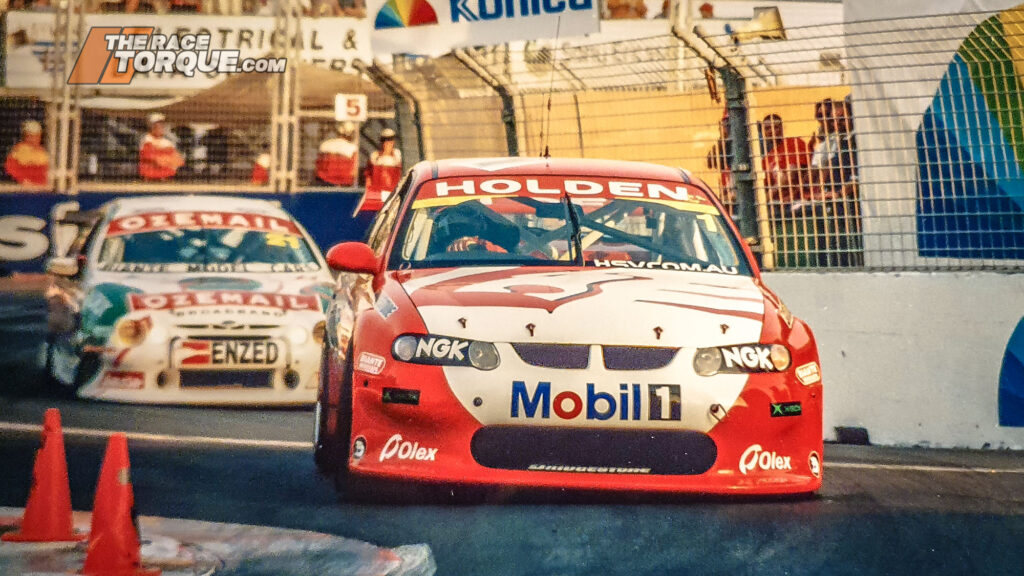
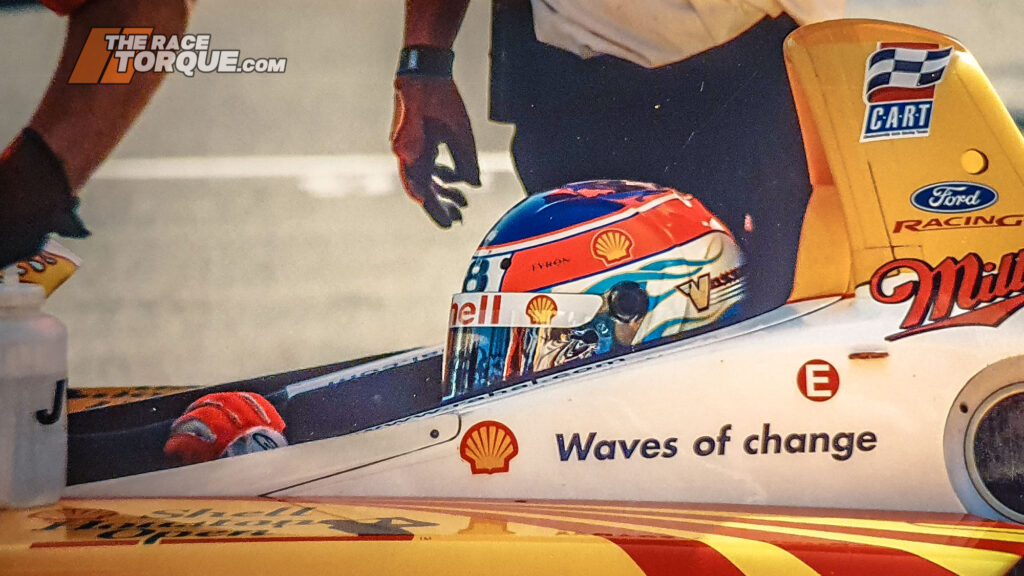
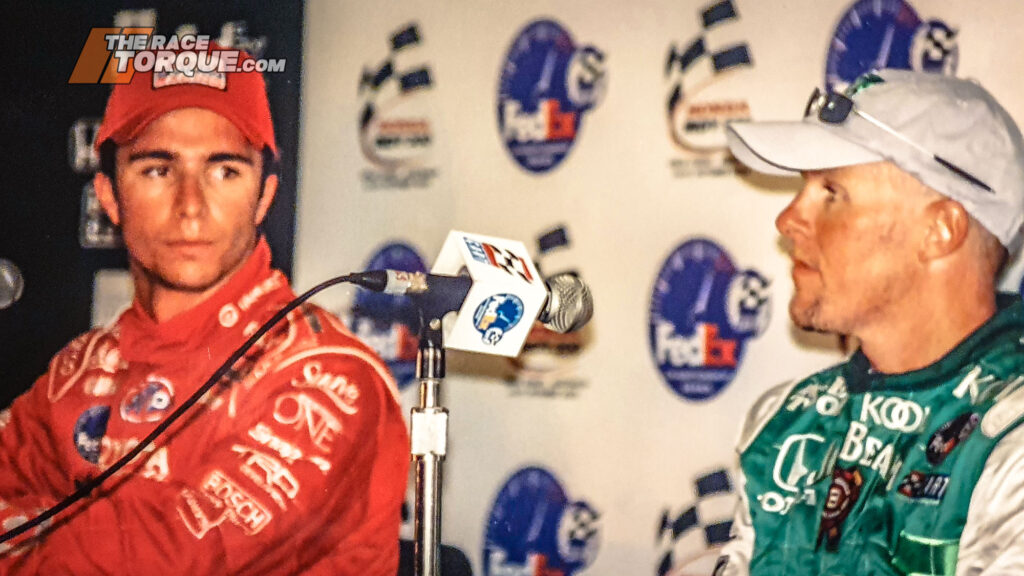
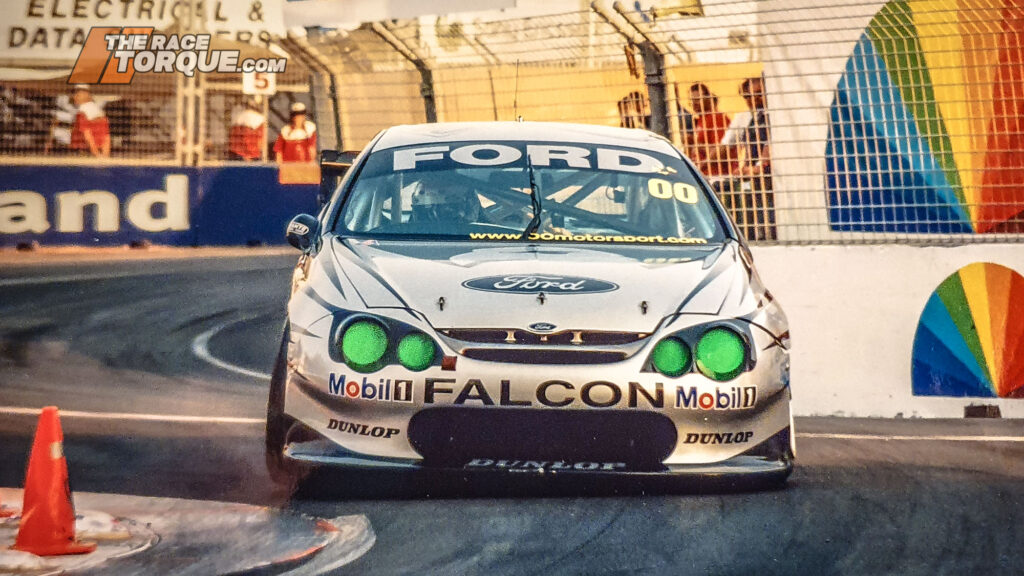
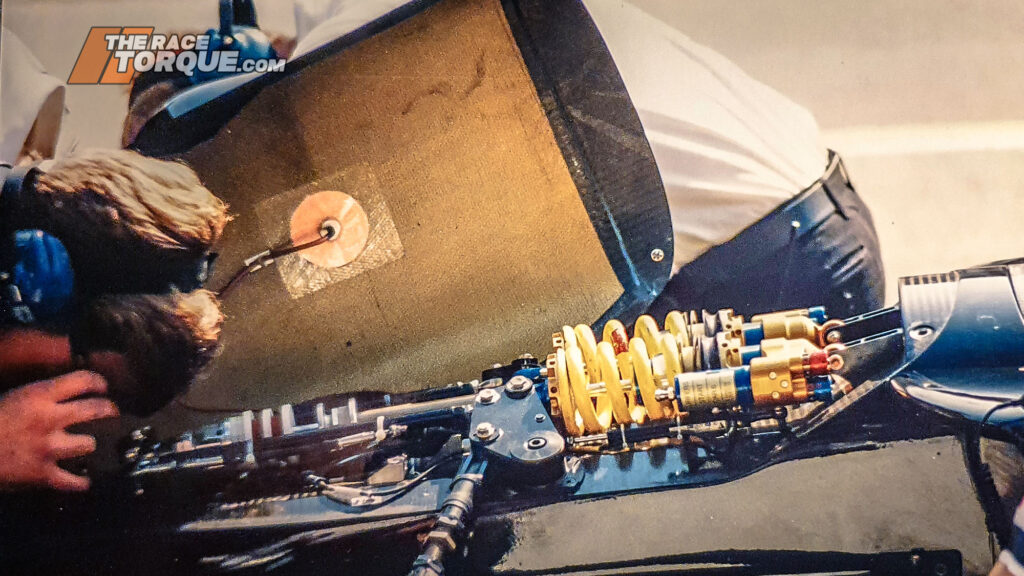
2002 – With the race starting despite the track being soaked in a classic Gold Coast thunderstorm, an incredible melee took out most of the competitors before they reached the start line, below.
With the CART/IRL war already taking hold, as teams started to defect to the start-up league, conspiracy theories flew as Mario Dominguez won the race from last on the grid, after the bulk of the race was contested behind the pace car, with the final result sealed by a somewhat controversial early finish. The underdog win for Dominguez, which was in a repaired car after he was the last to enter the initial start wad-up, was backed up by another win the next year on the streets of Miami. For the first time, Surfers Paradise was an official round of the V8 Supercars Championship, with Jason Bargwanna capitalising on the tough Sunday conditions to take round honours.
2003 – The exodus from CART continued, with the Downunder visit continuing to be a highlight of the tour. Ryan Hunter-Reay won the event driving for American Spirit Team Johansson, while Paul Tracey’s 13th place finish was enough to give him his lone championship title. With the season finale at California Speedway ultimately canned due to nearby wildfires, Surfers Paradise was the last ever CART race, before the series was reborn with new ownership under the guise of the Champ Car World Series in 2004. In the V8s, Russell Ingall claimed both of the race wins.
2004 – While Bruno Junqueira took the win for Newman Haas Racing, the race ended behind the pace car after a terrifying crash for Patrick Carpentier, who had his front wing fold under the front of his car on the high-speed run towards the ANA Hotel, above. The Canadian’s canoe careened through the escape road before coming to rest as a tangled mess next to a safety truck. David Besnard made his lone Champ Car start and impressed with a seventh-place result. Meanwhile, in the V8 Supercars, both Marcos Ambrose and Greg Murphy finished the weekend with results of first and second. The war between the duo escalated off track in the press conference, as the duo blew up following a post-race brake check by Ambrose on Murphy’s teammate Rick Kelly the previous day. On Sunday, the biggest on-track drama involved a coming together between Kelly and Jason Bright in the fast back straight chicane.
Further Reading: Part Two – 2005 to the current day, the Will Power dominance of Indycar qualifying, plus the turbulent times as the event morphed into the Gold Coast 600...



